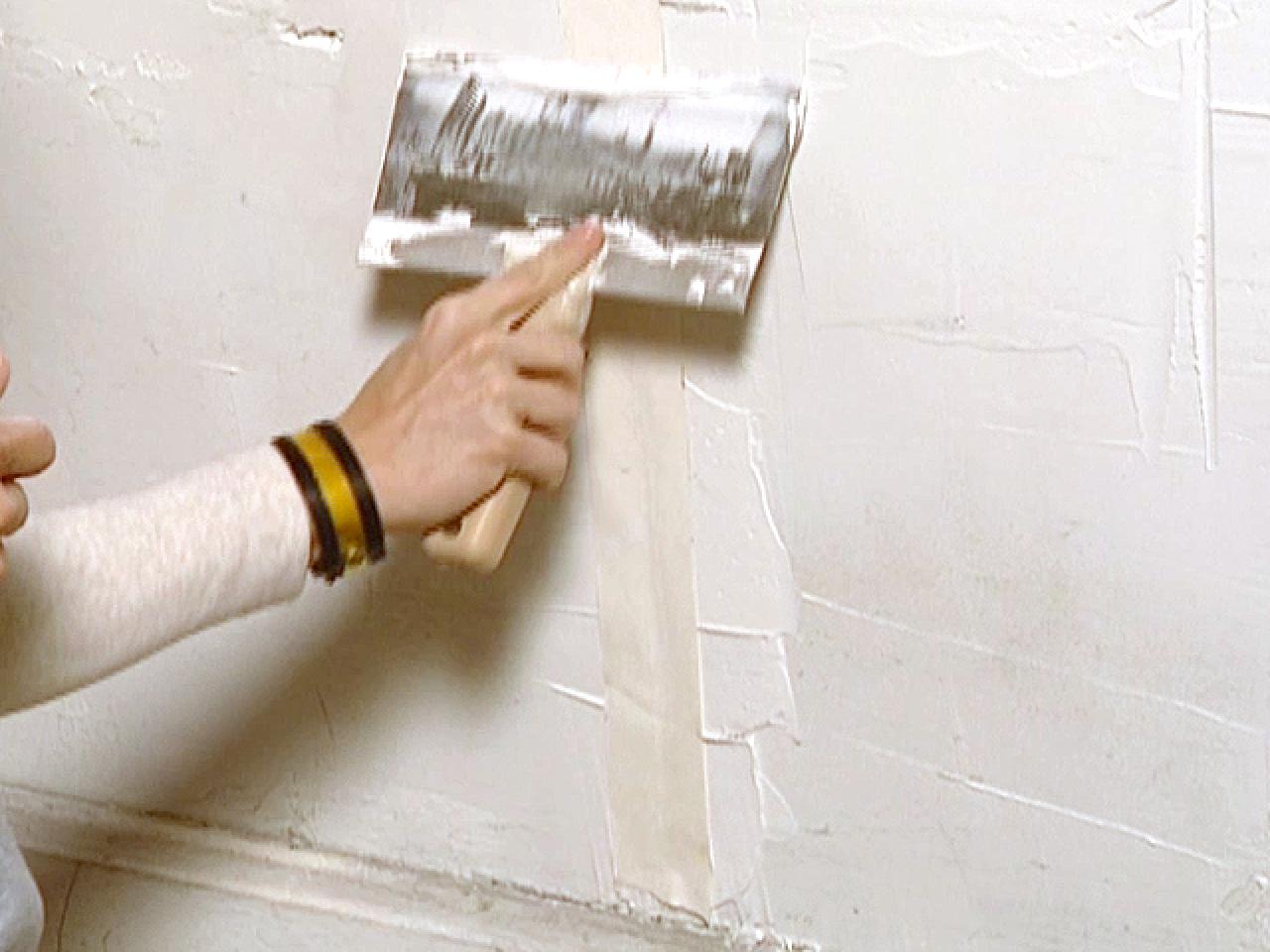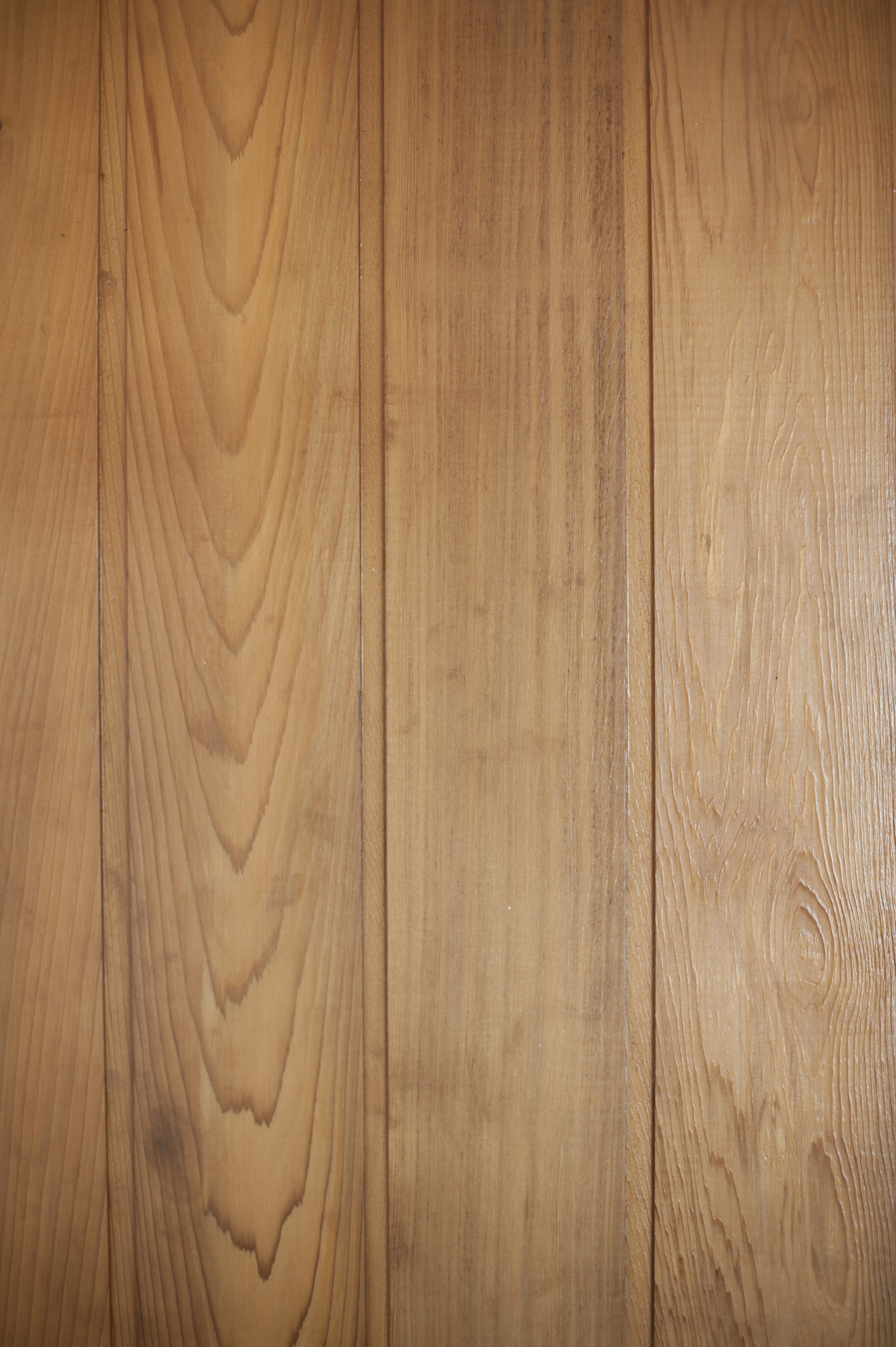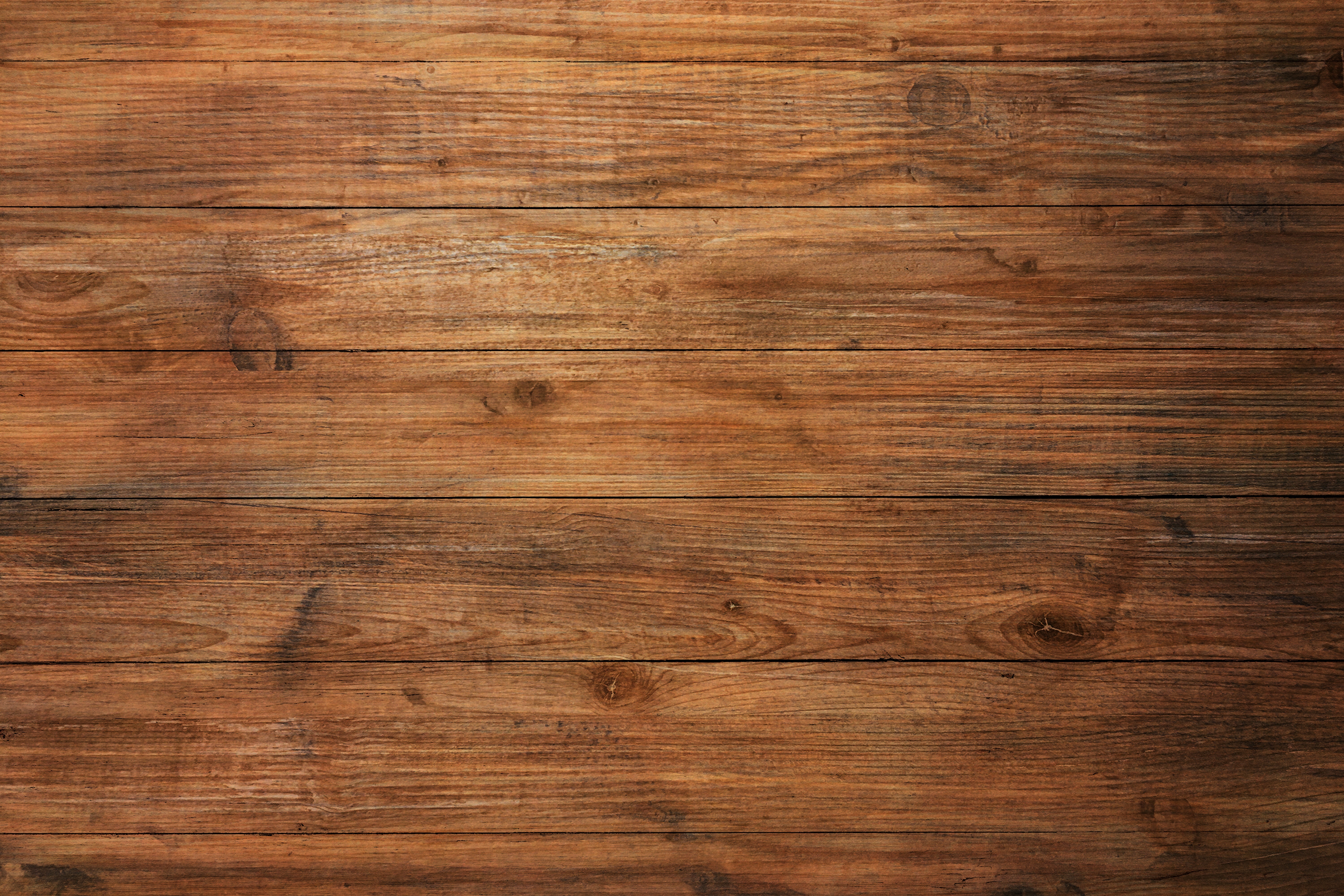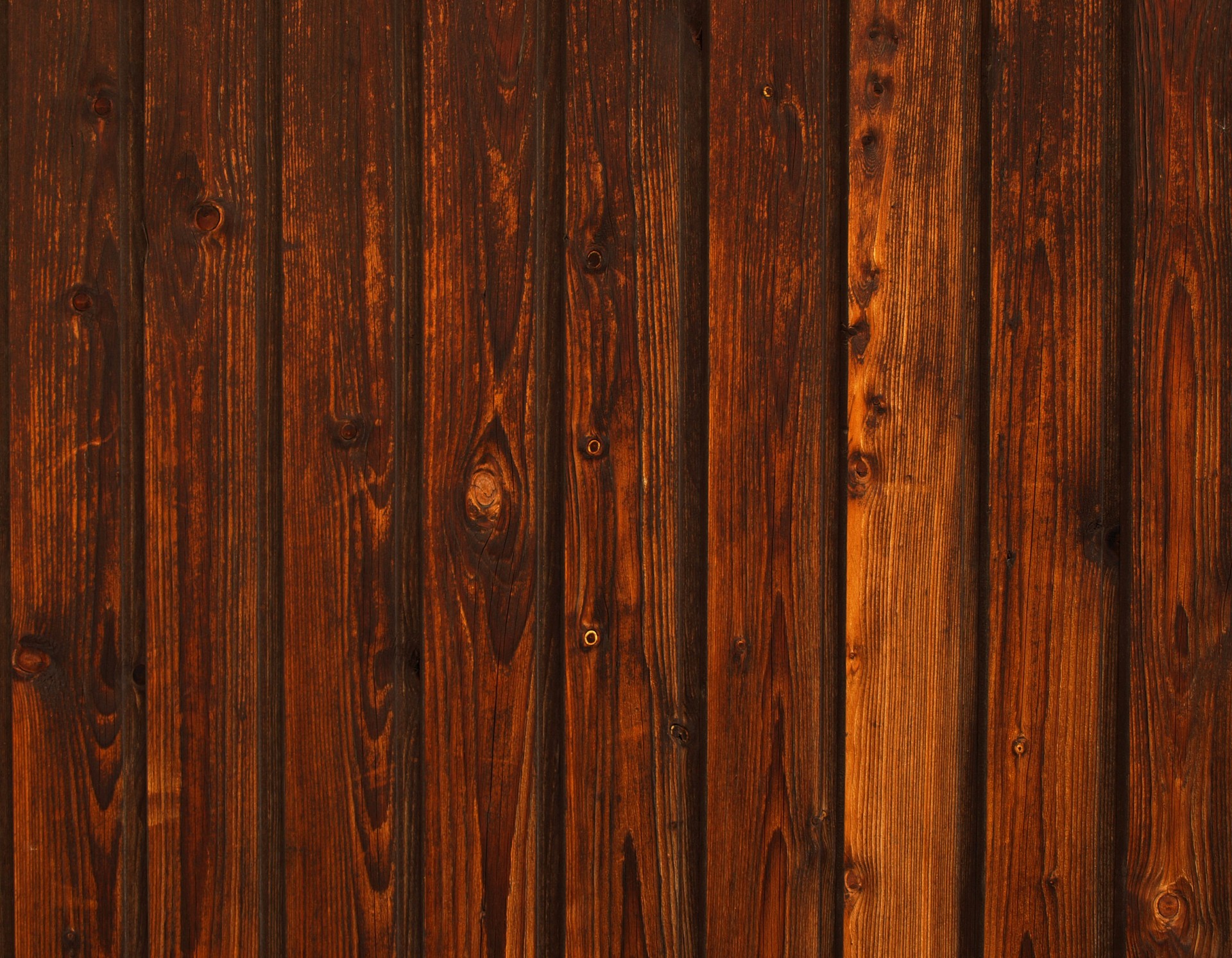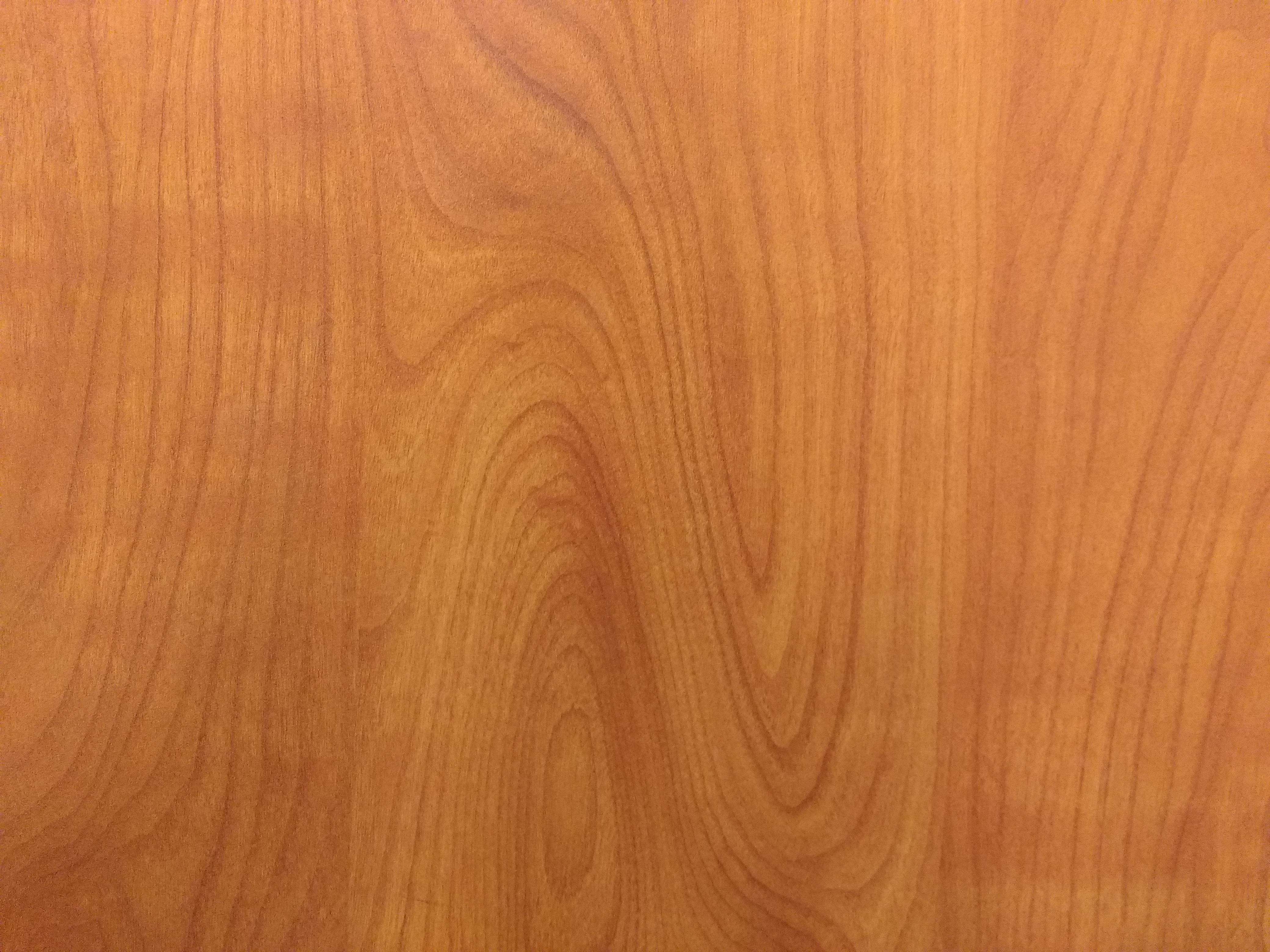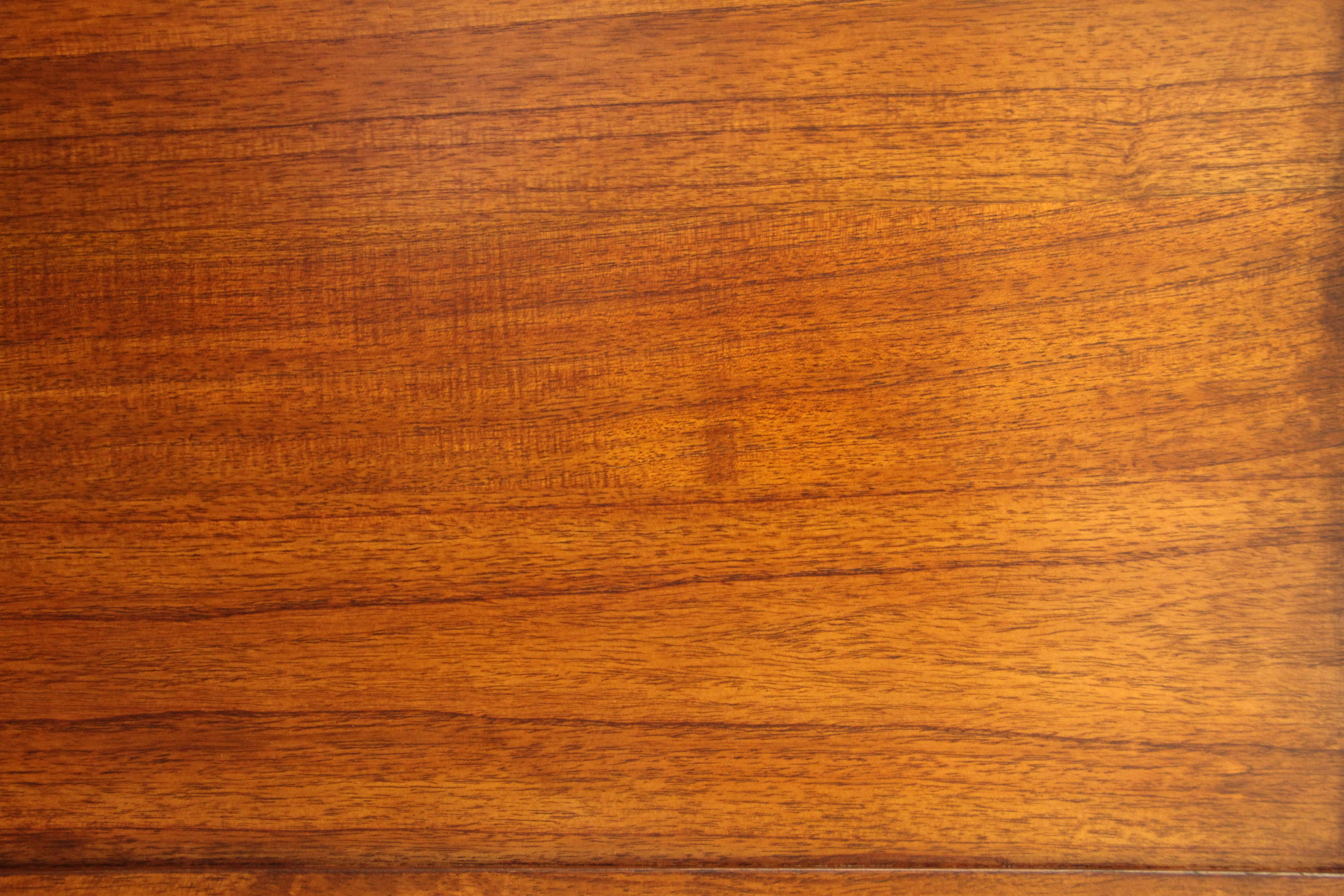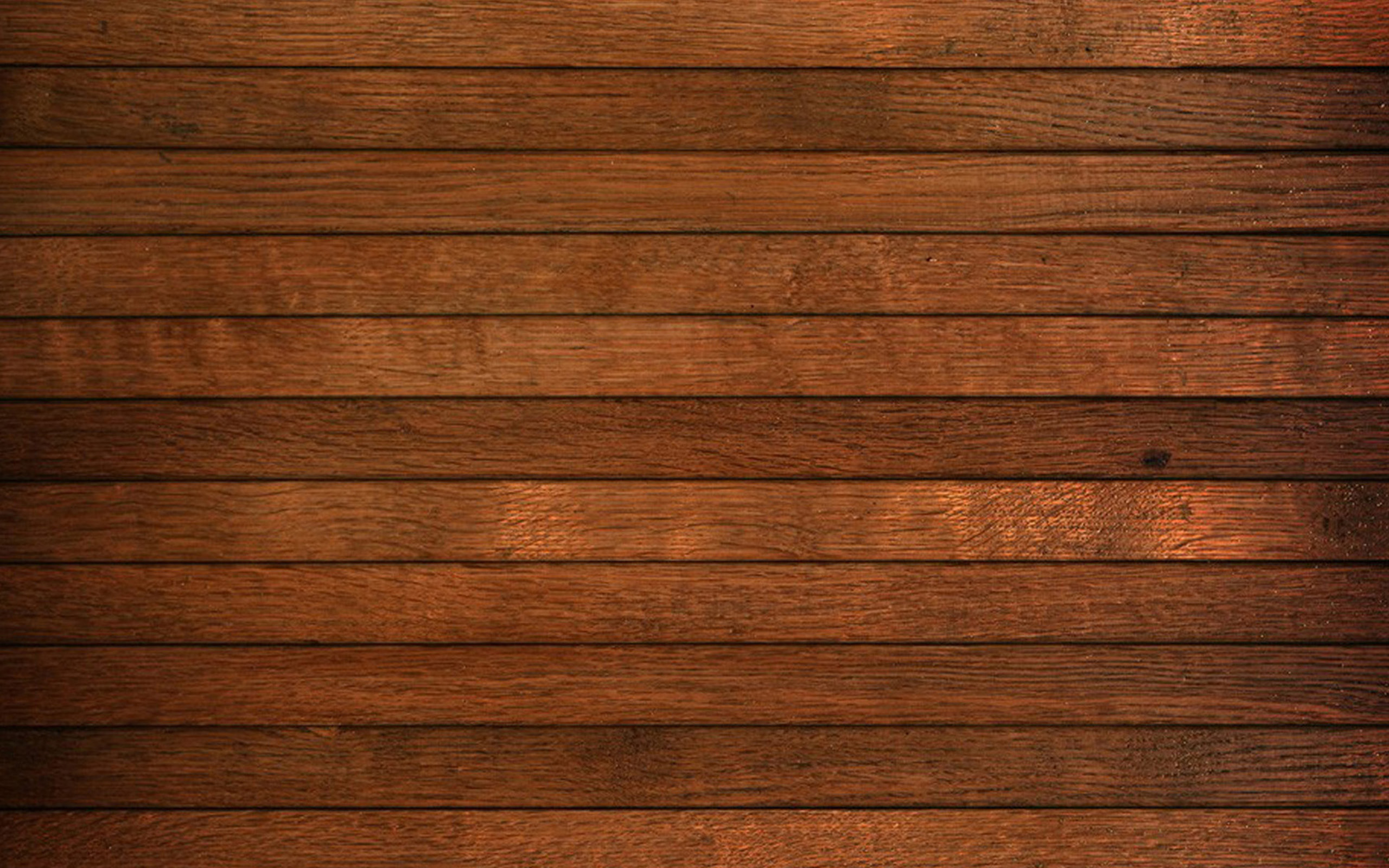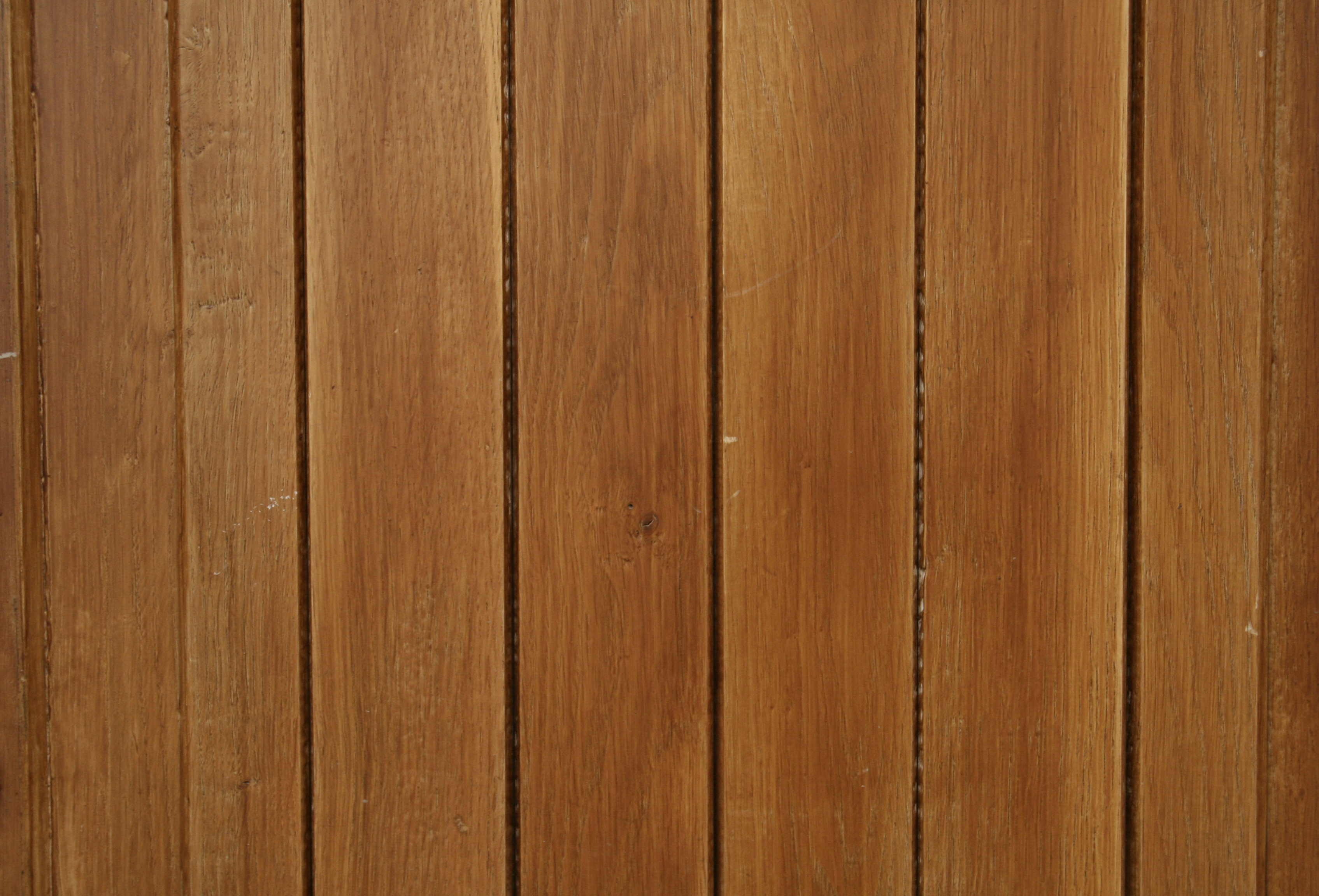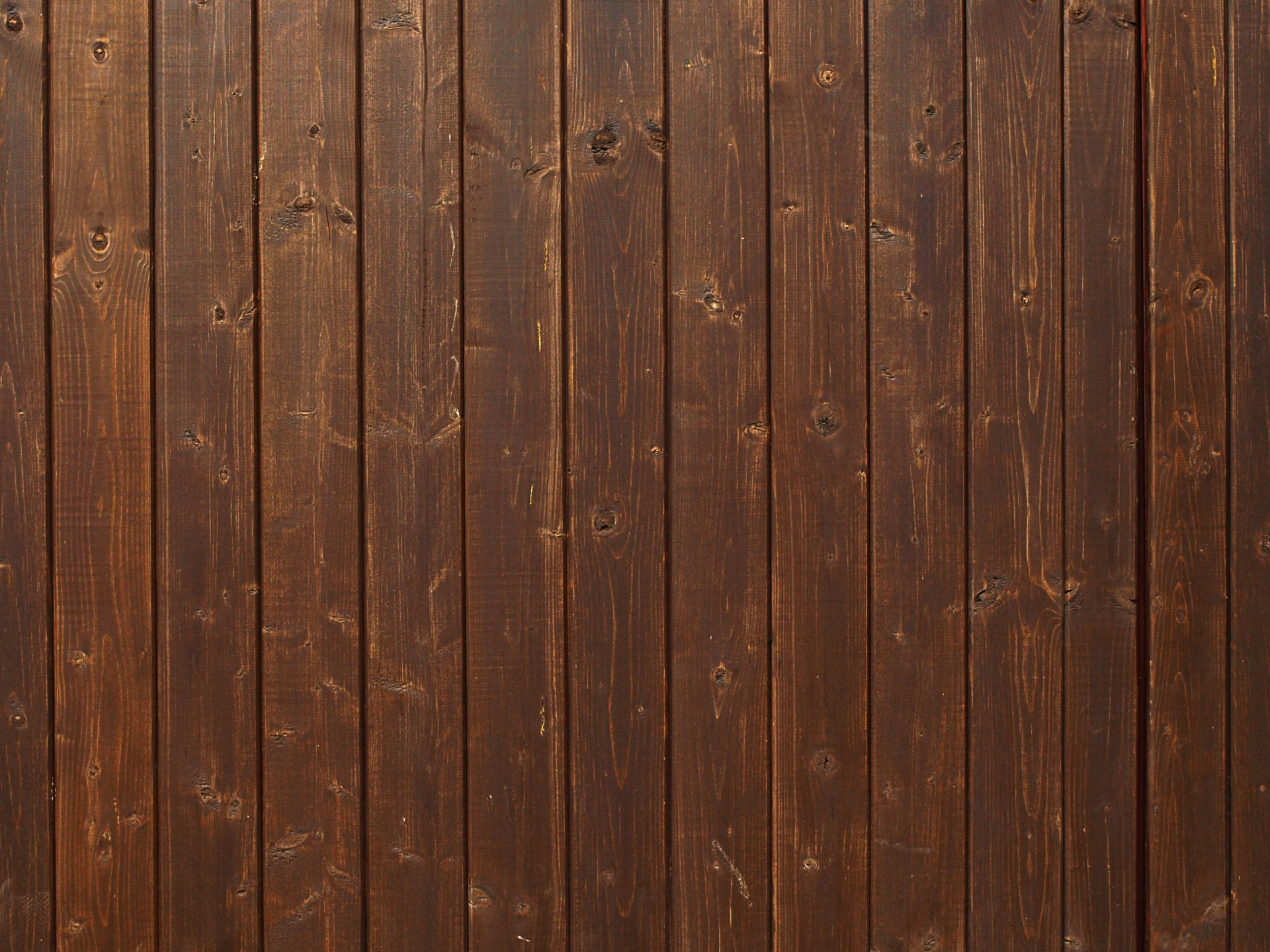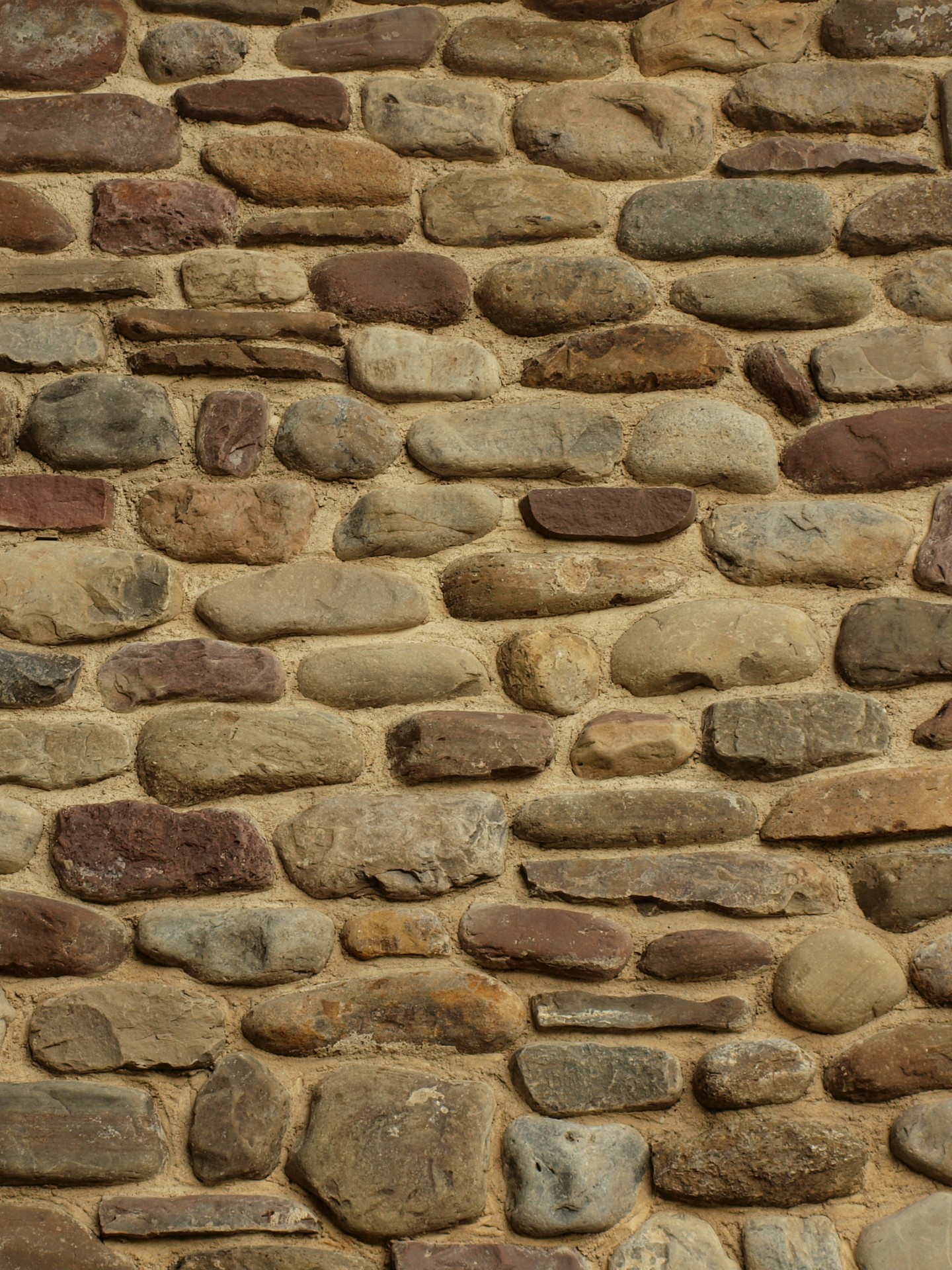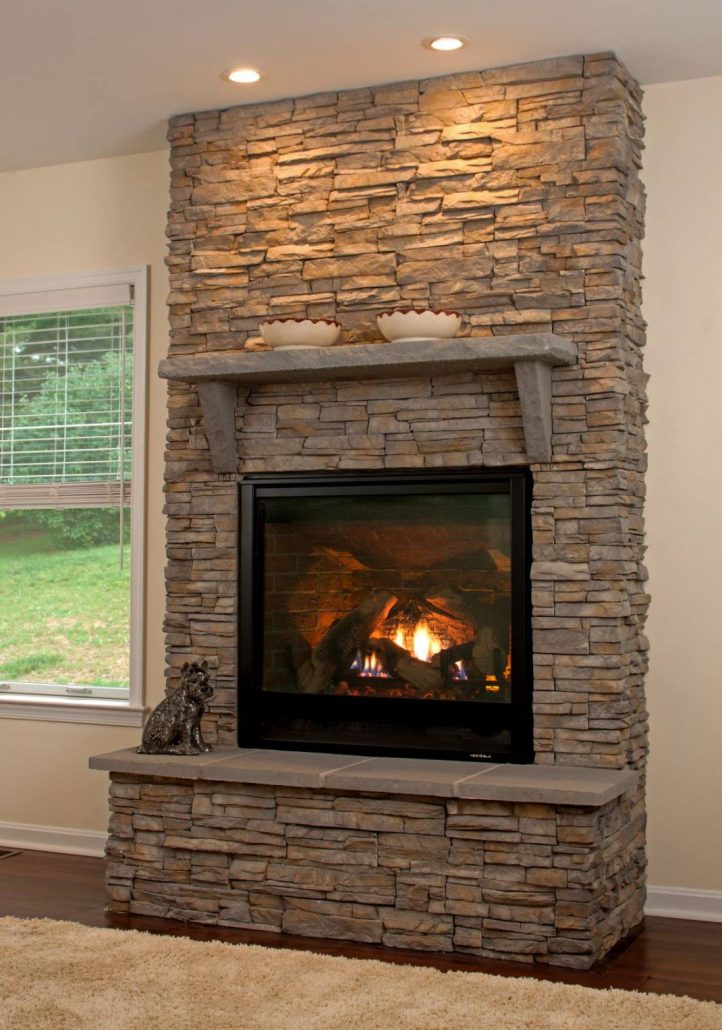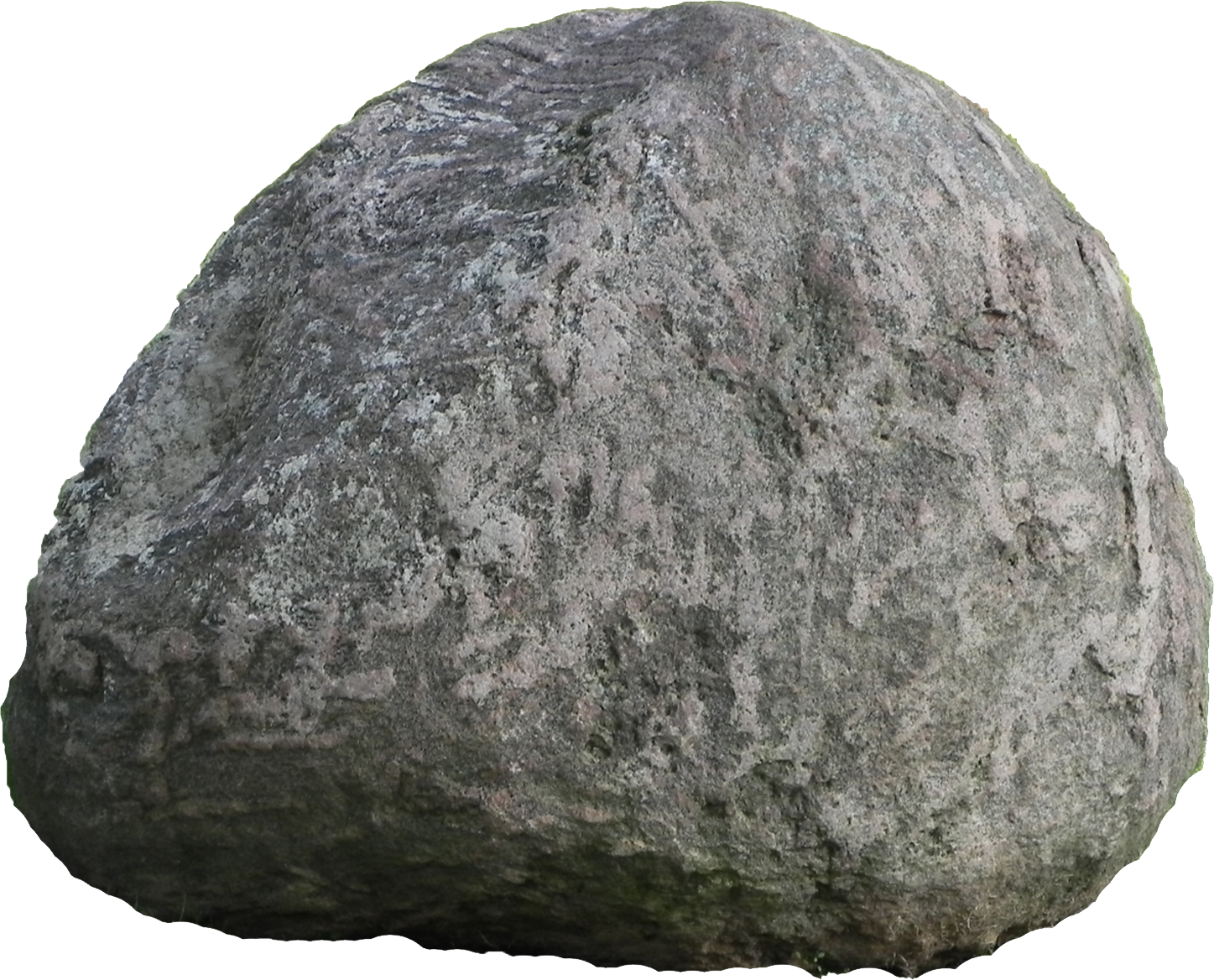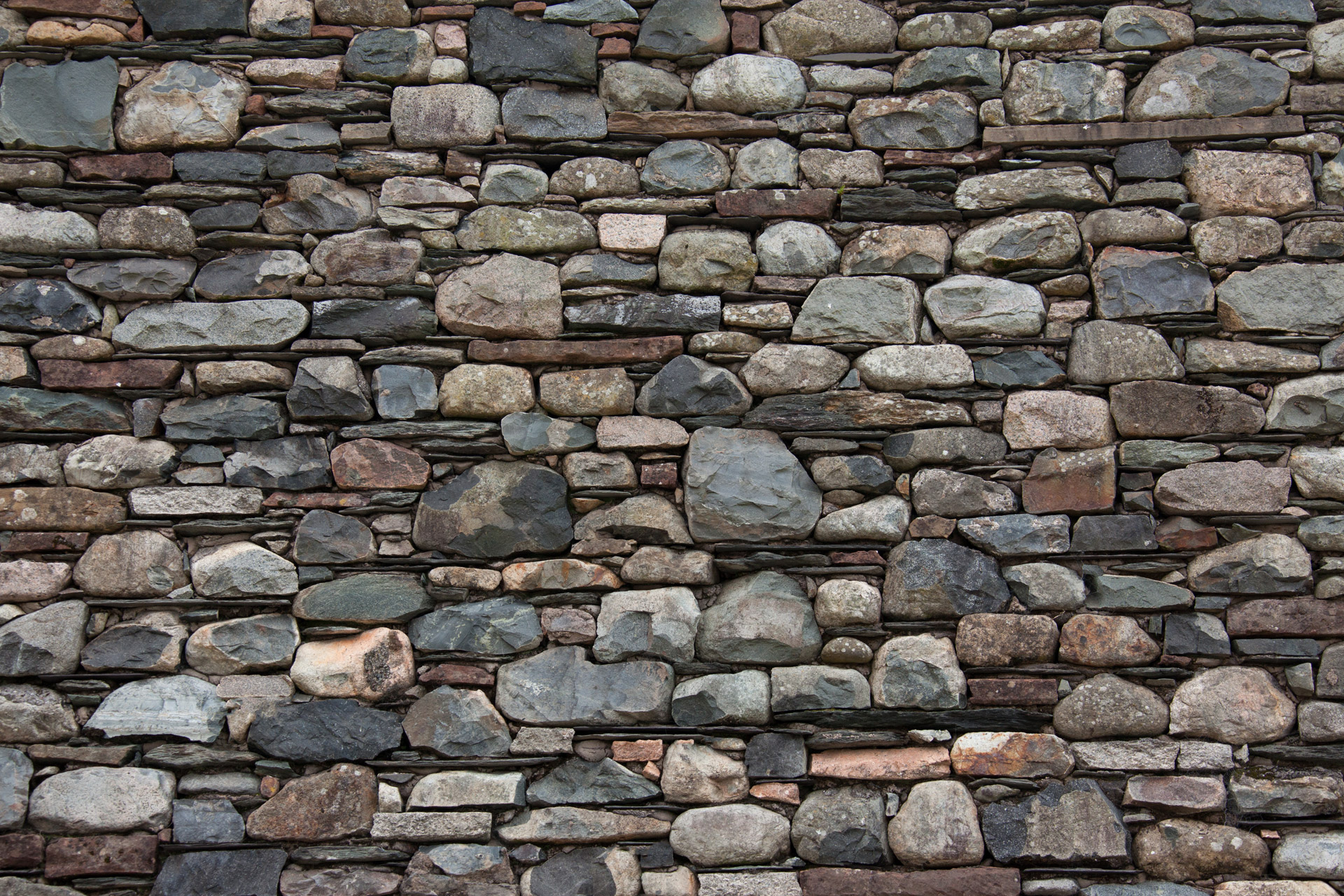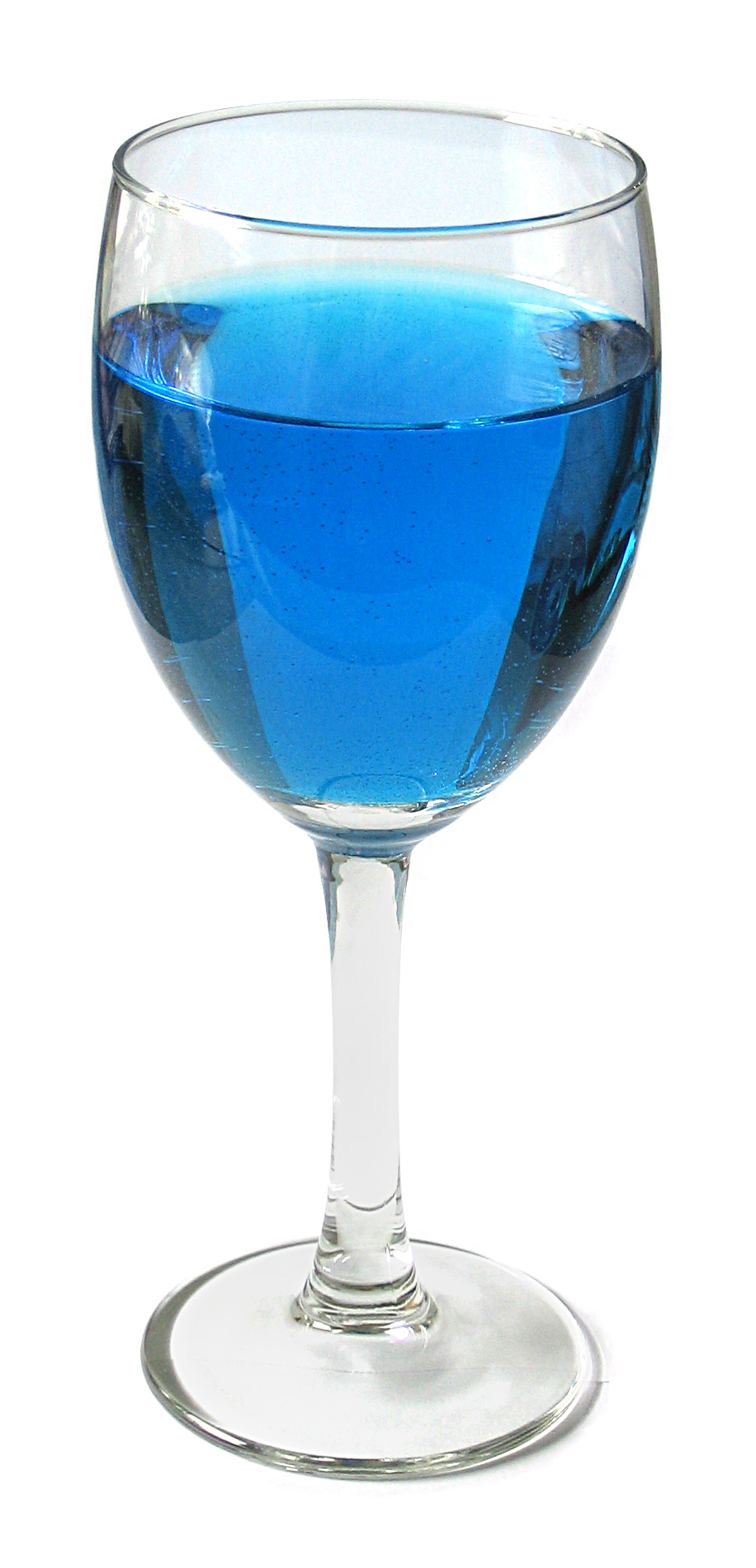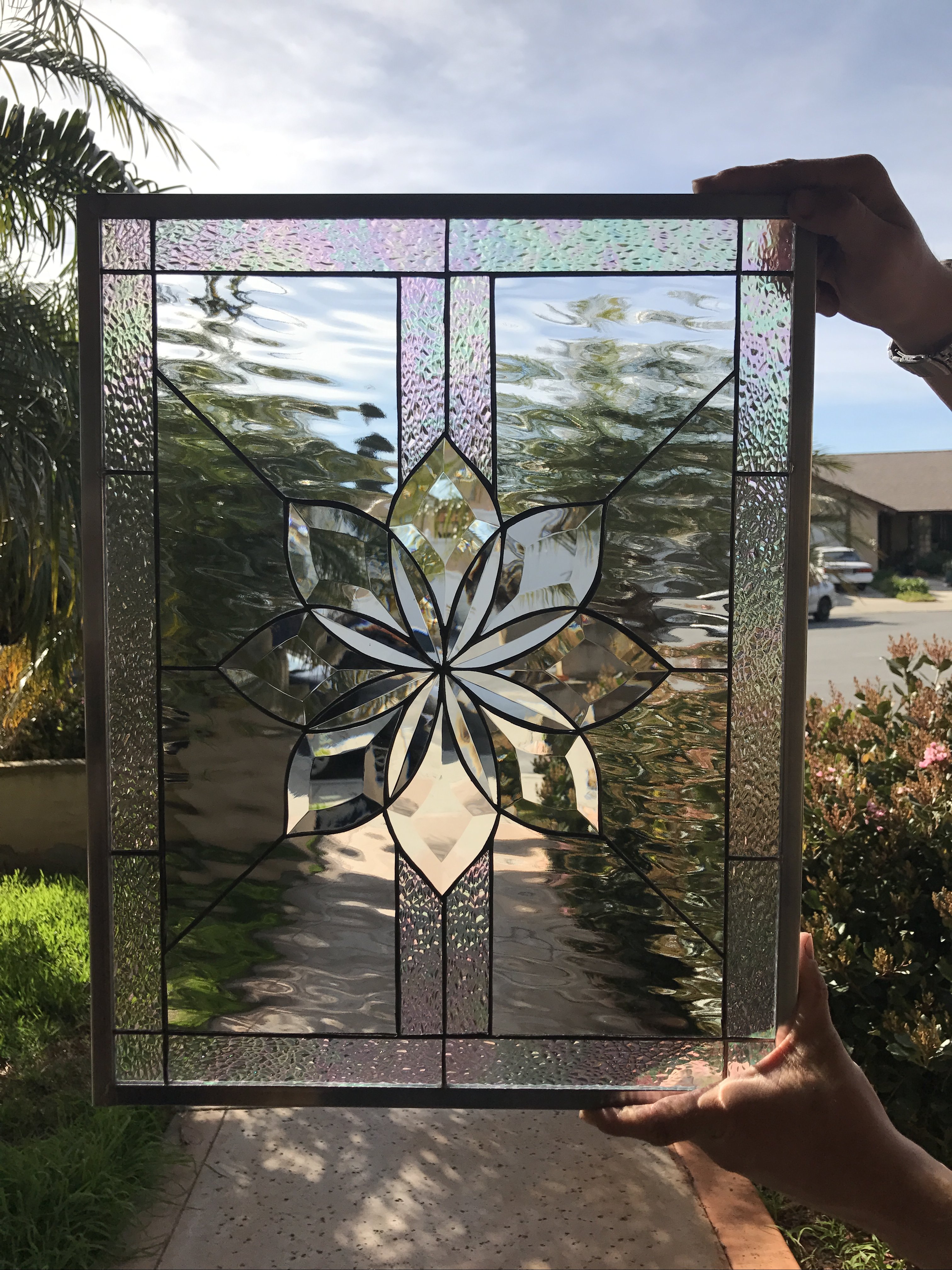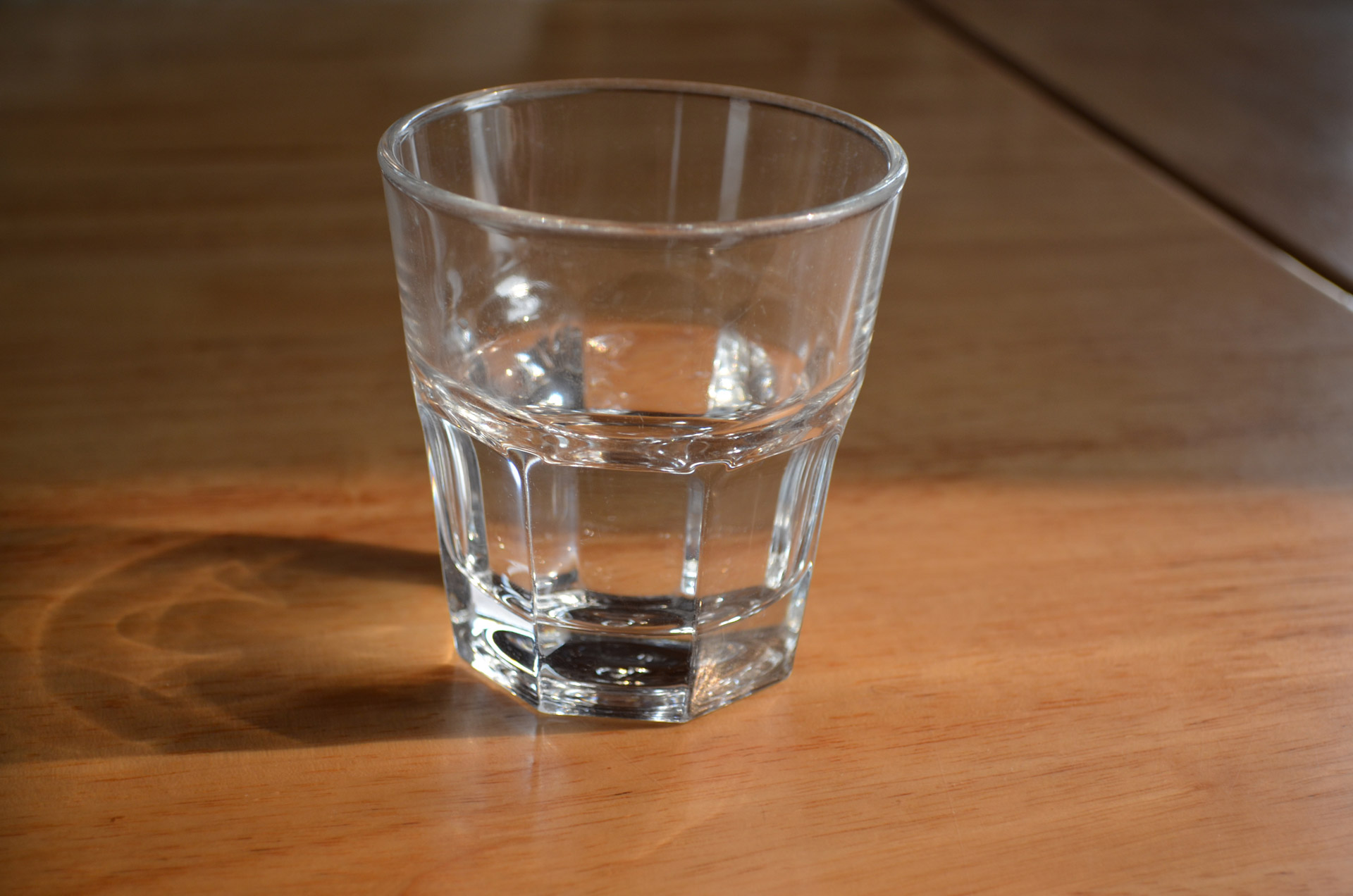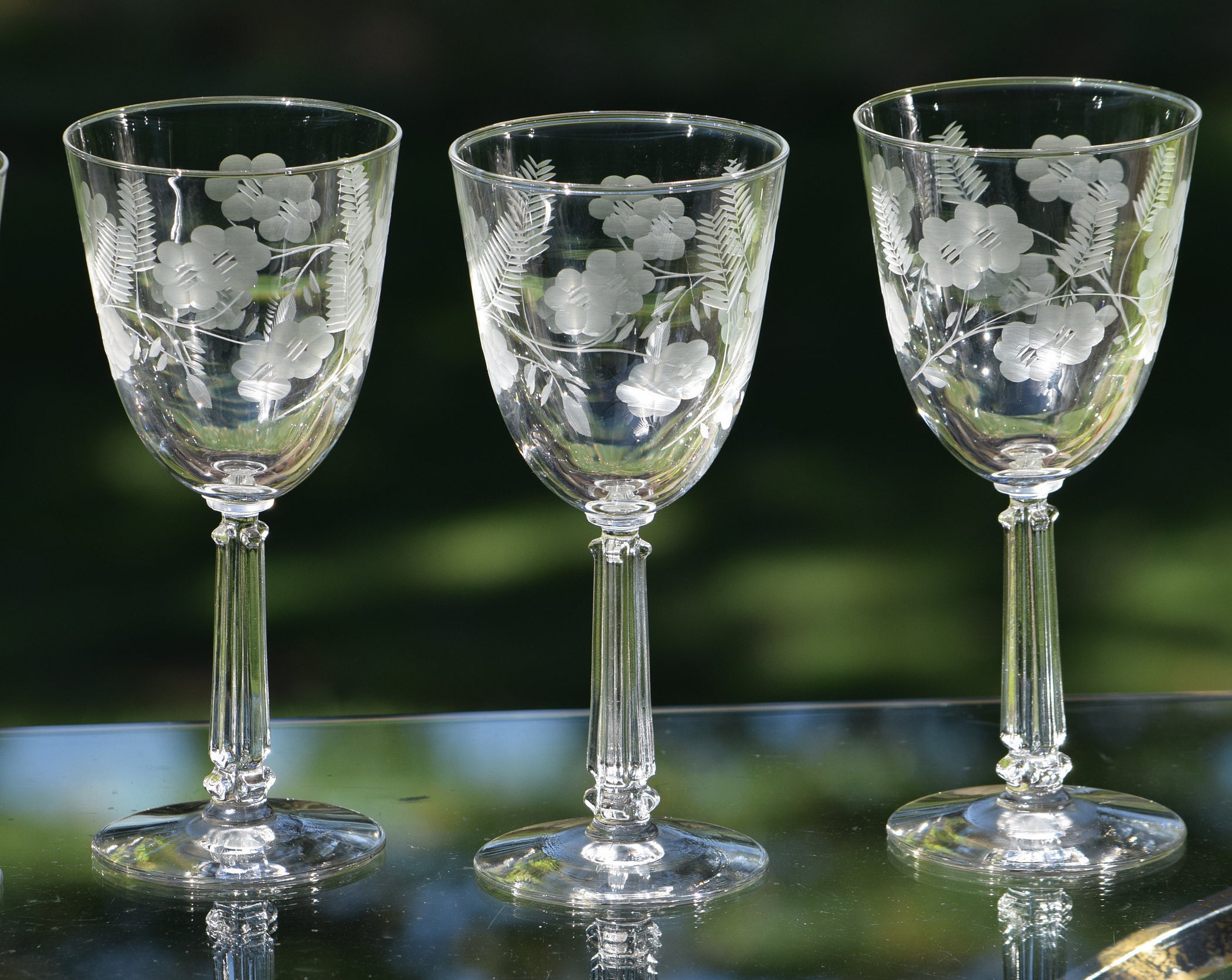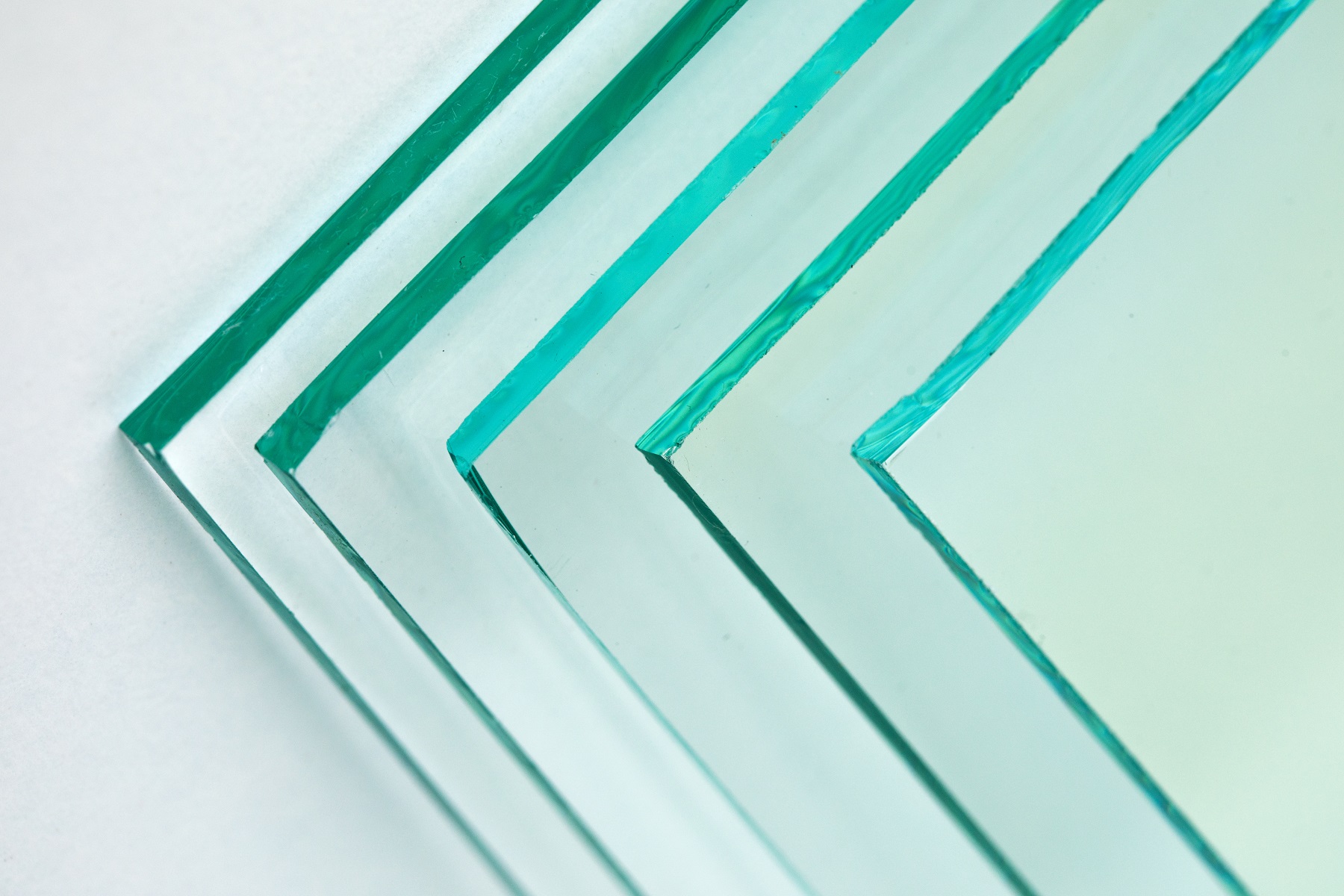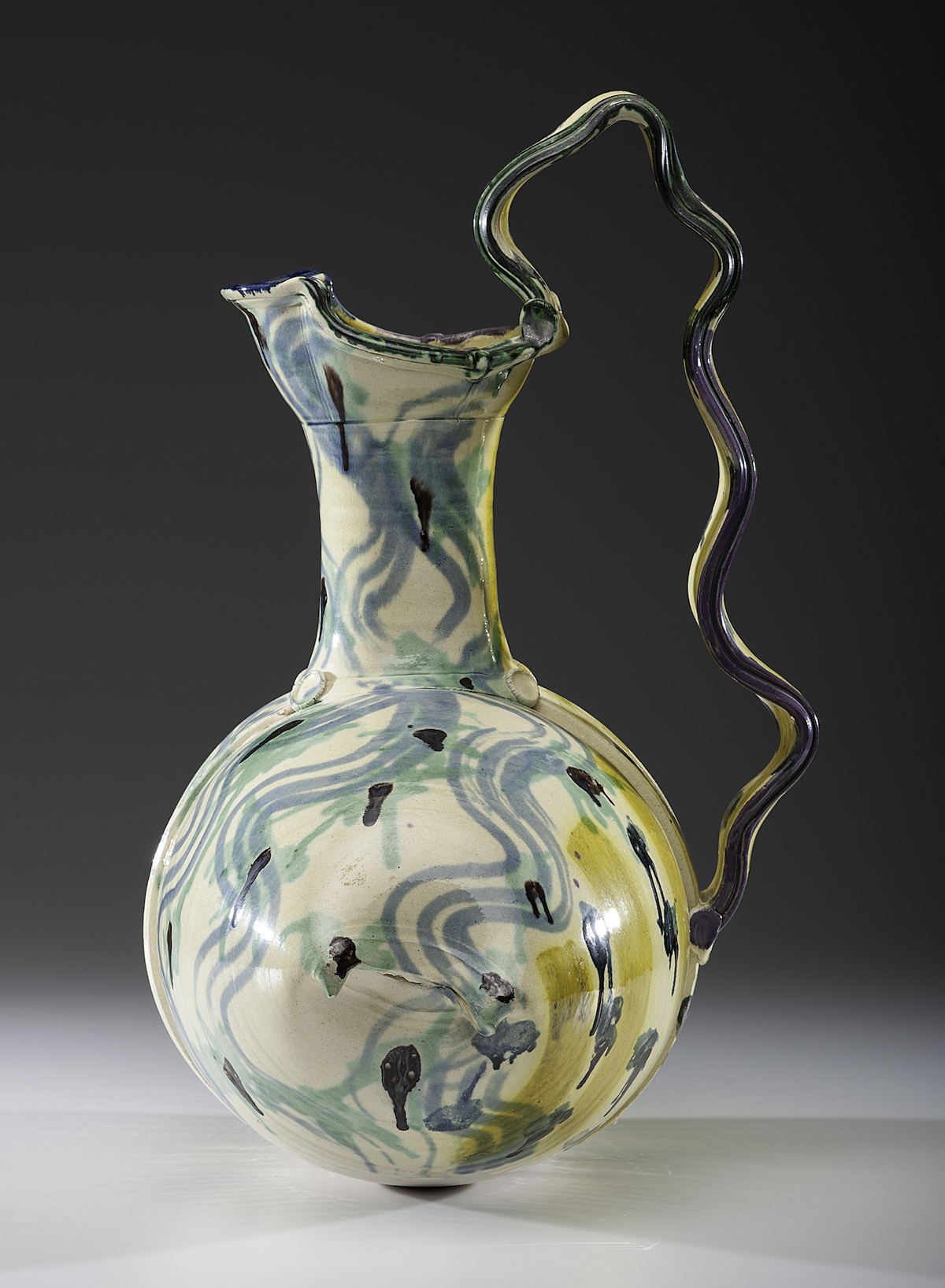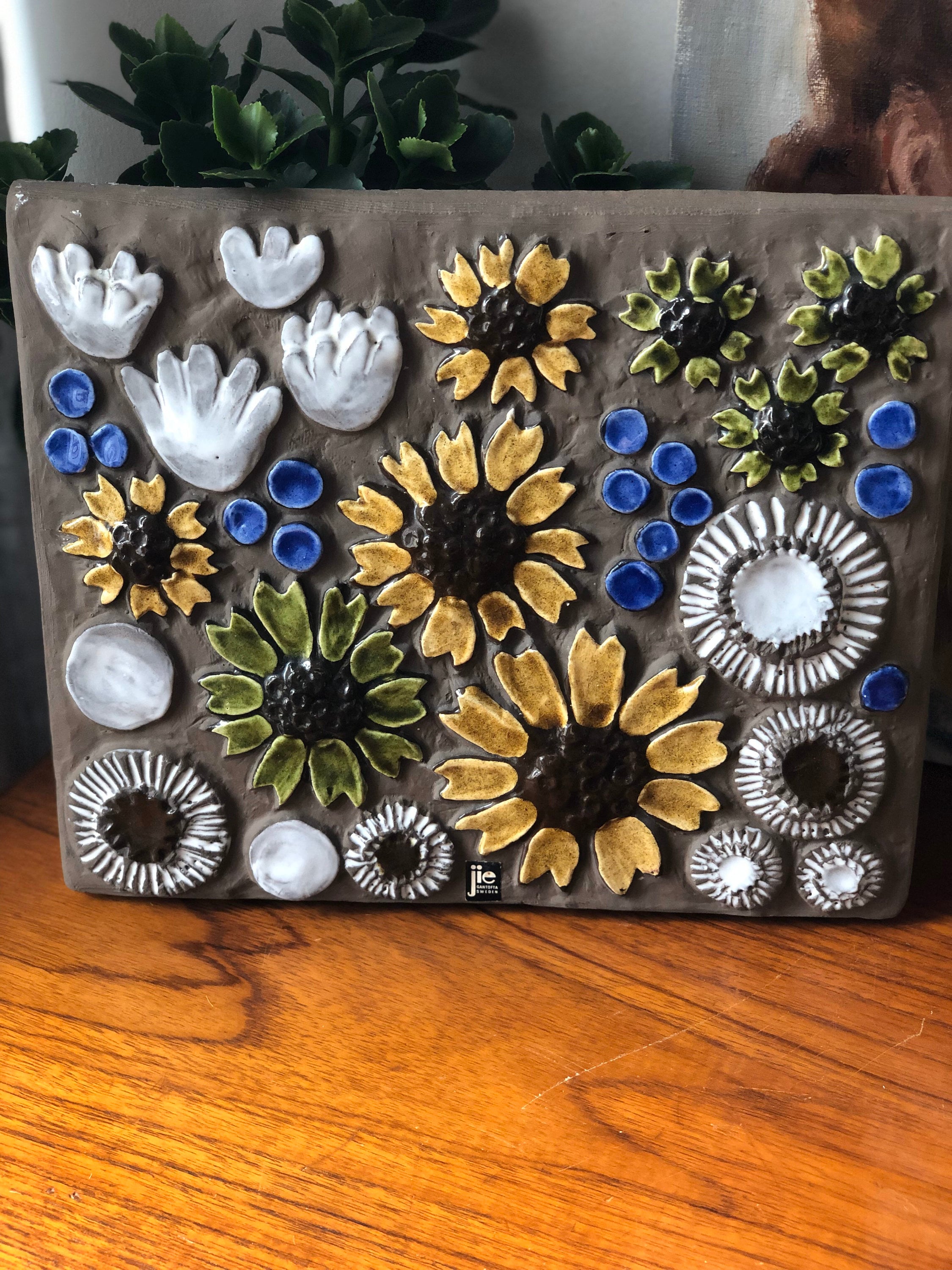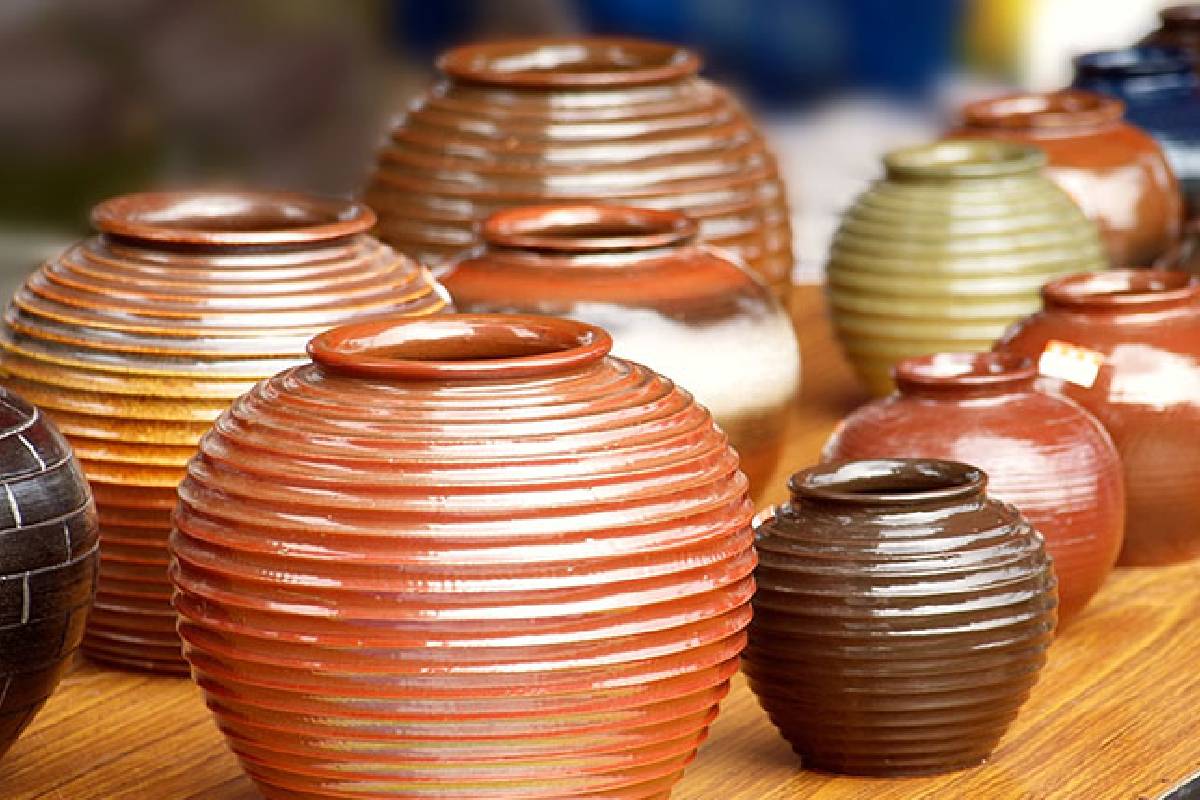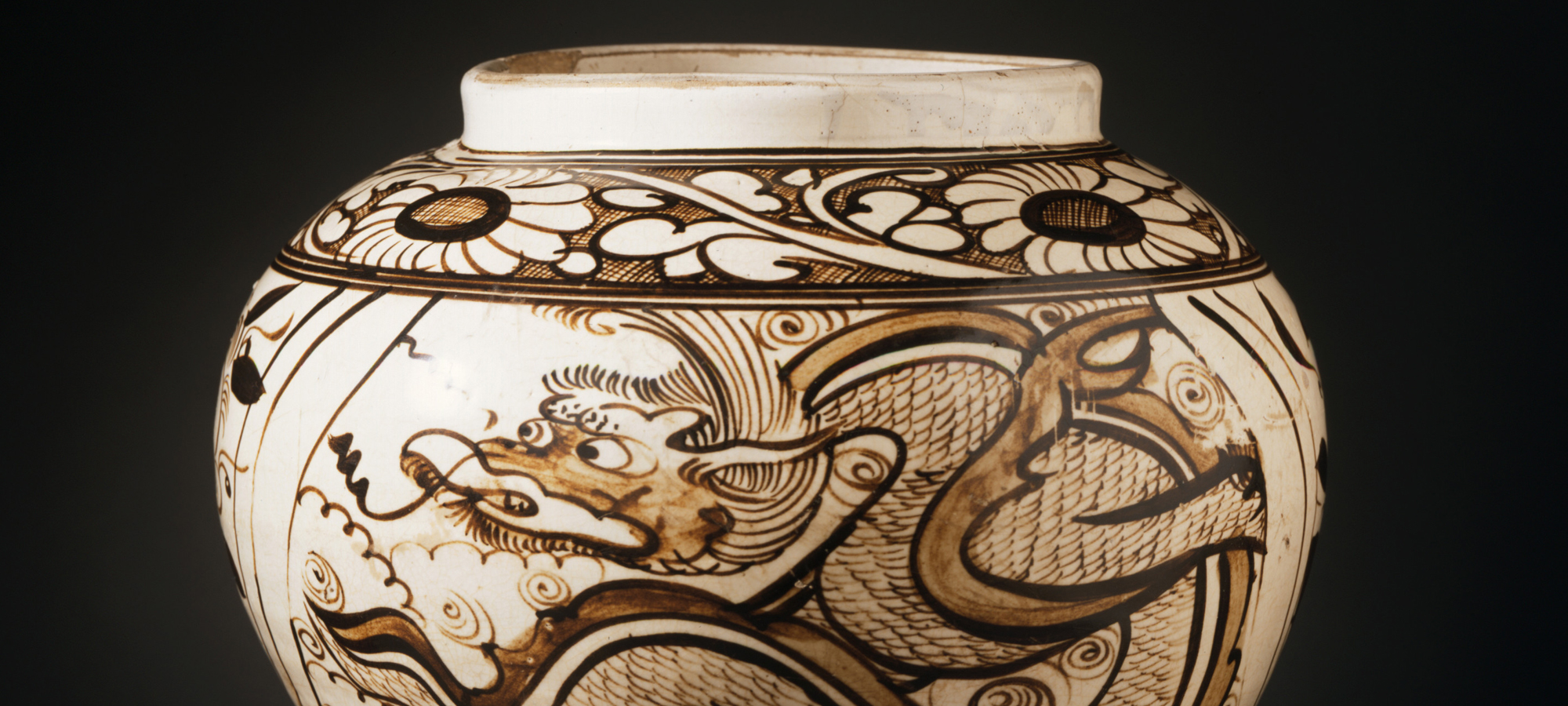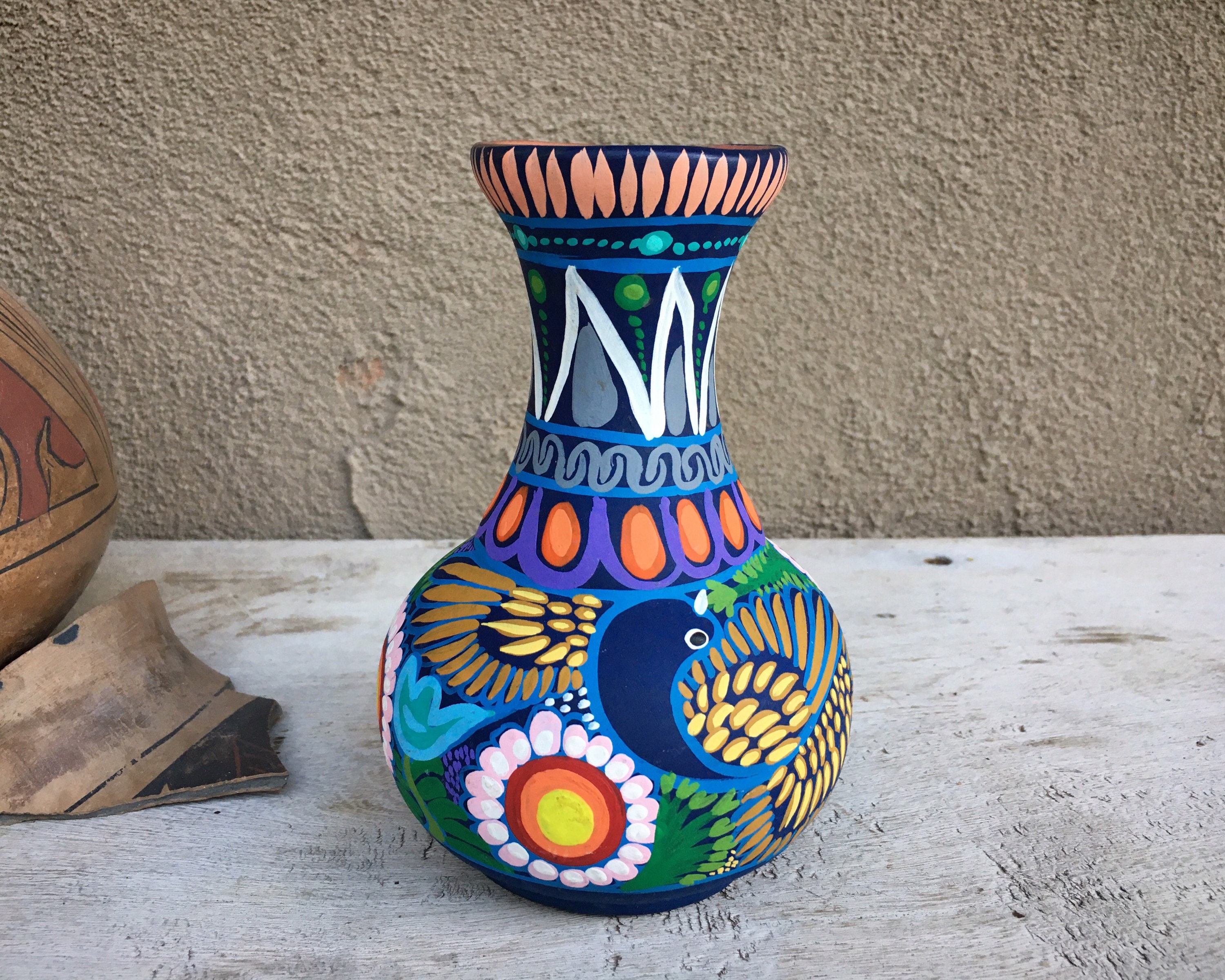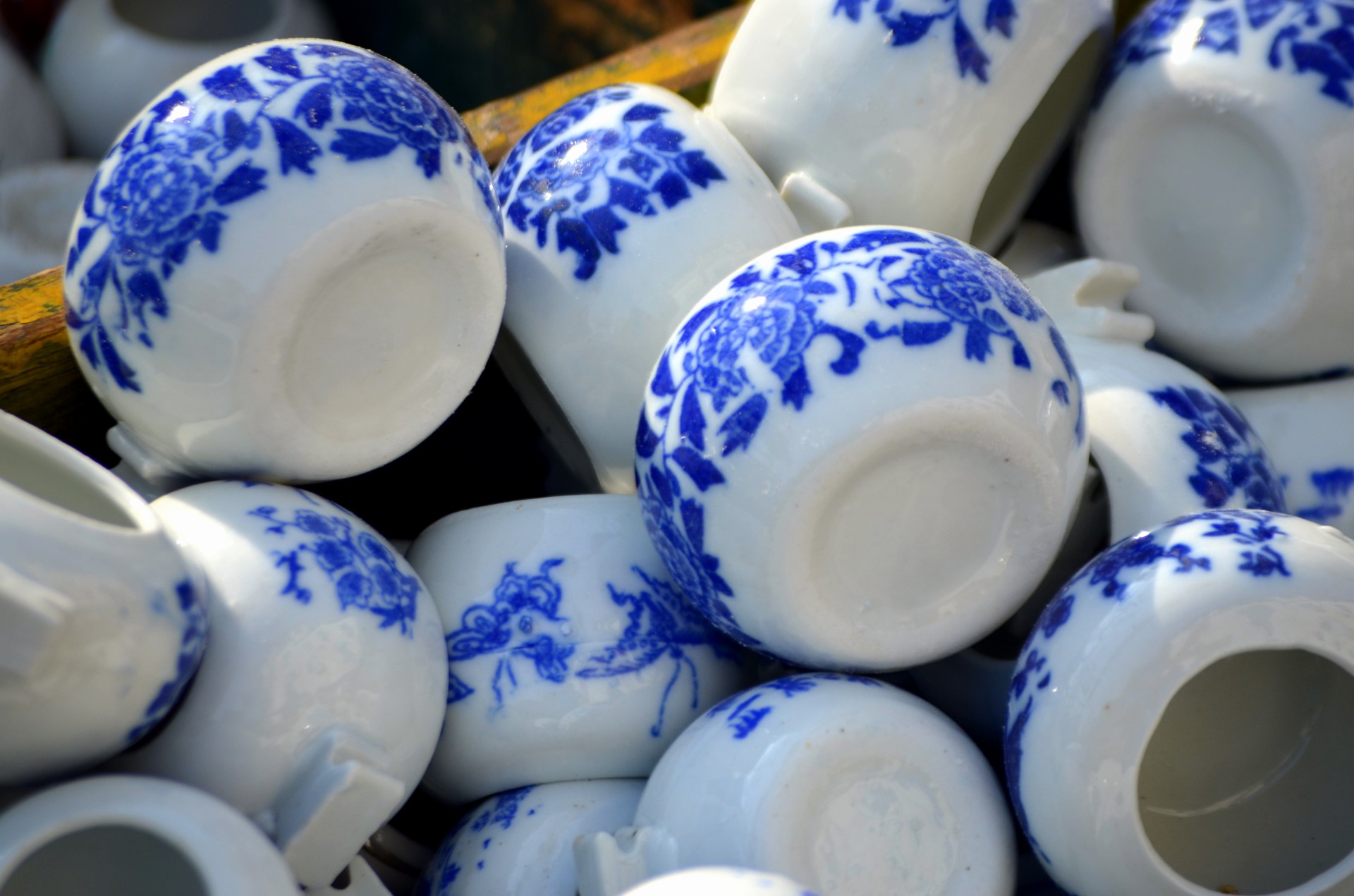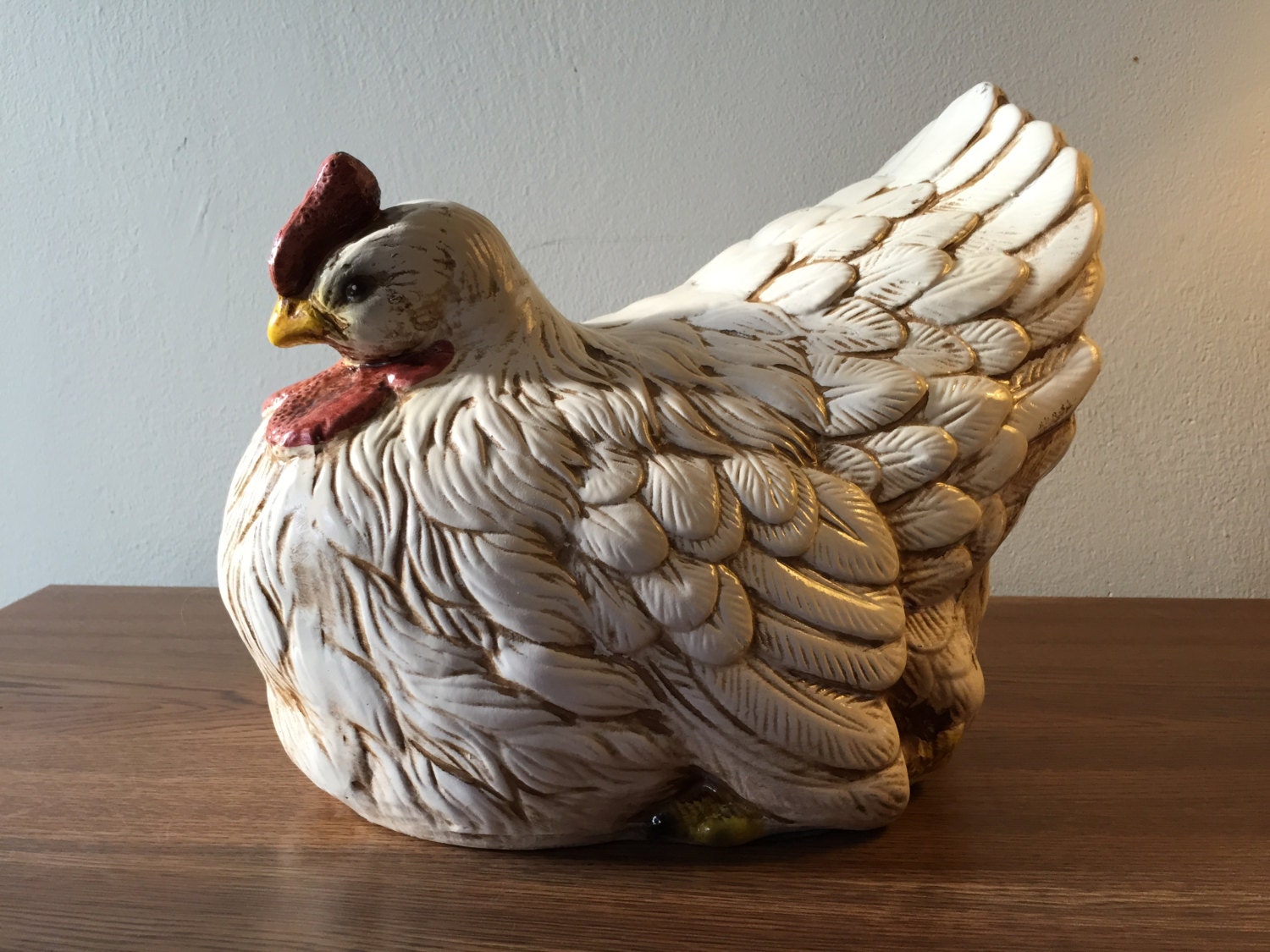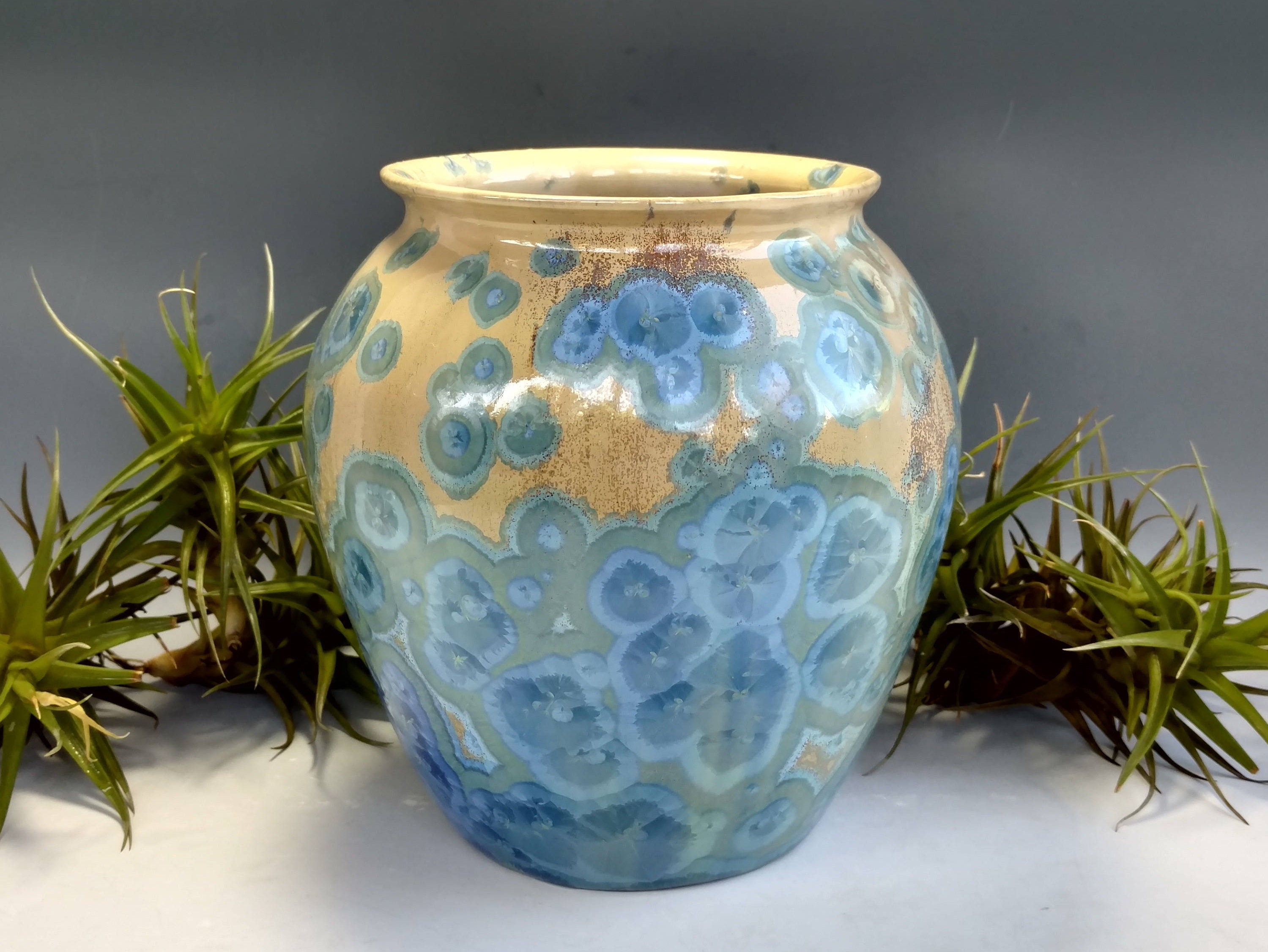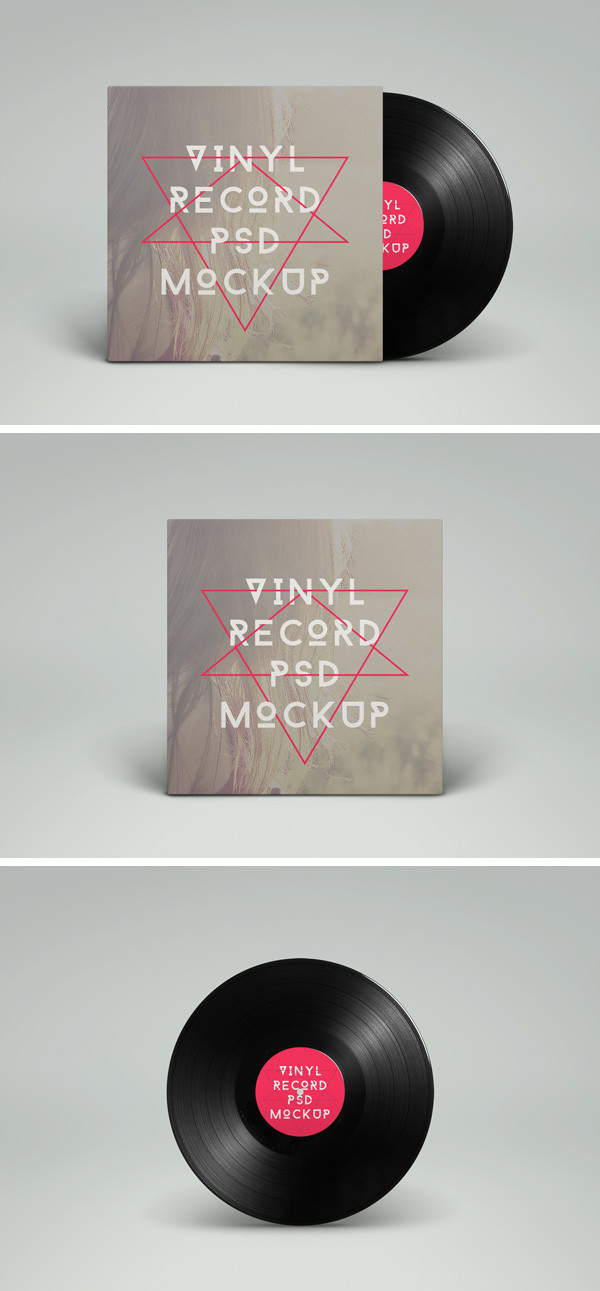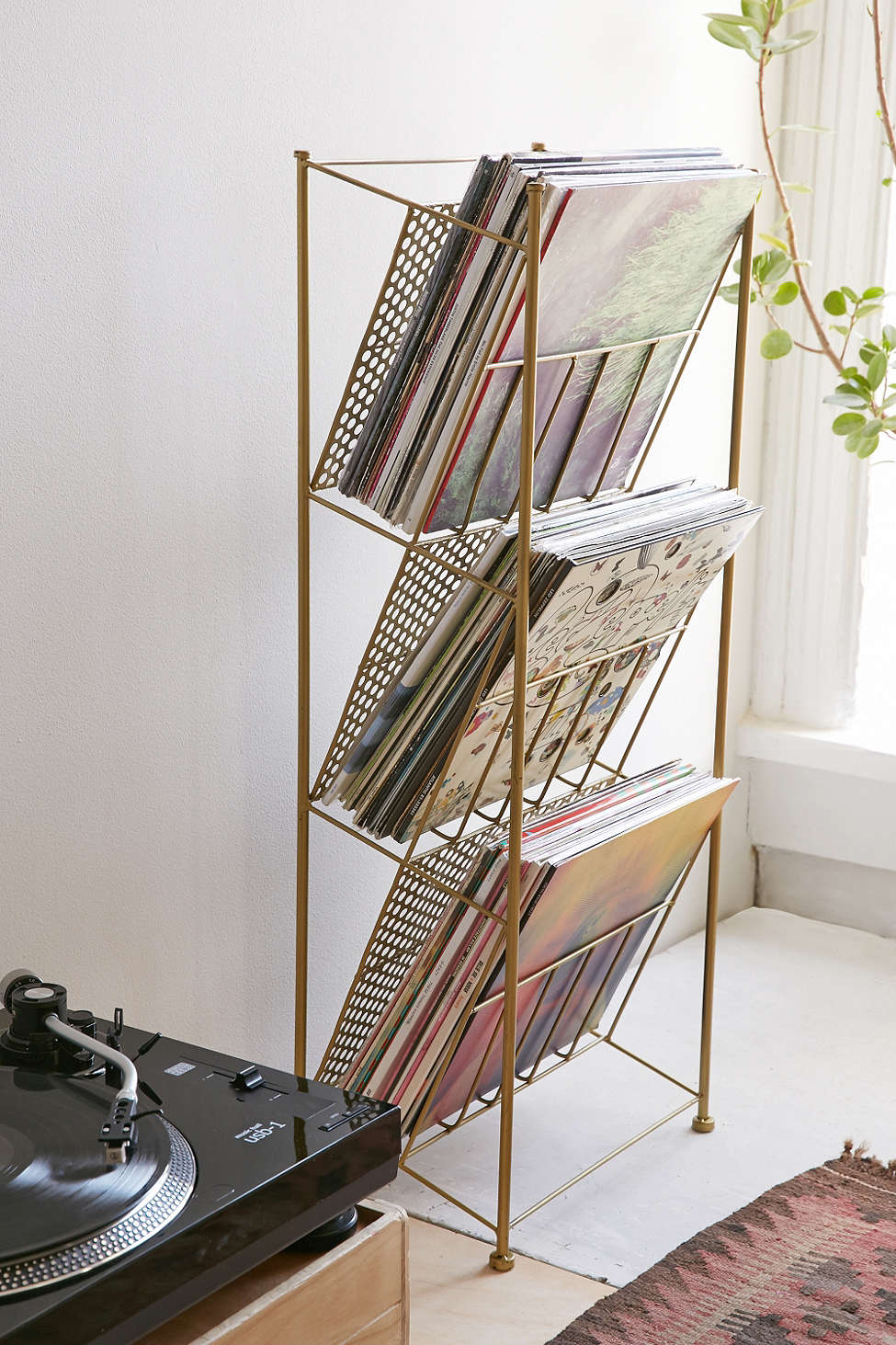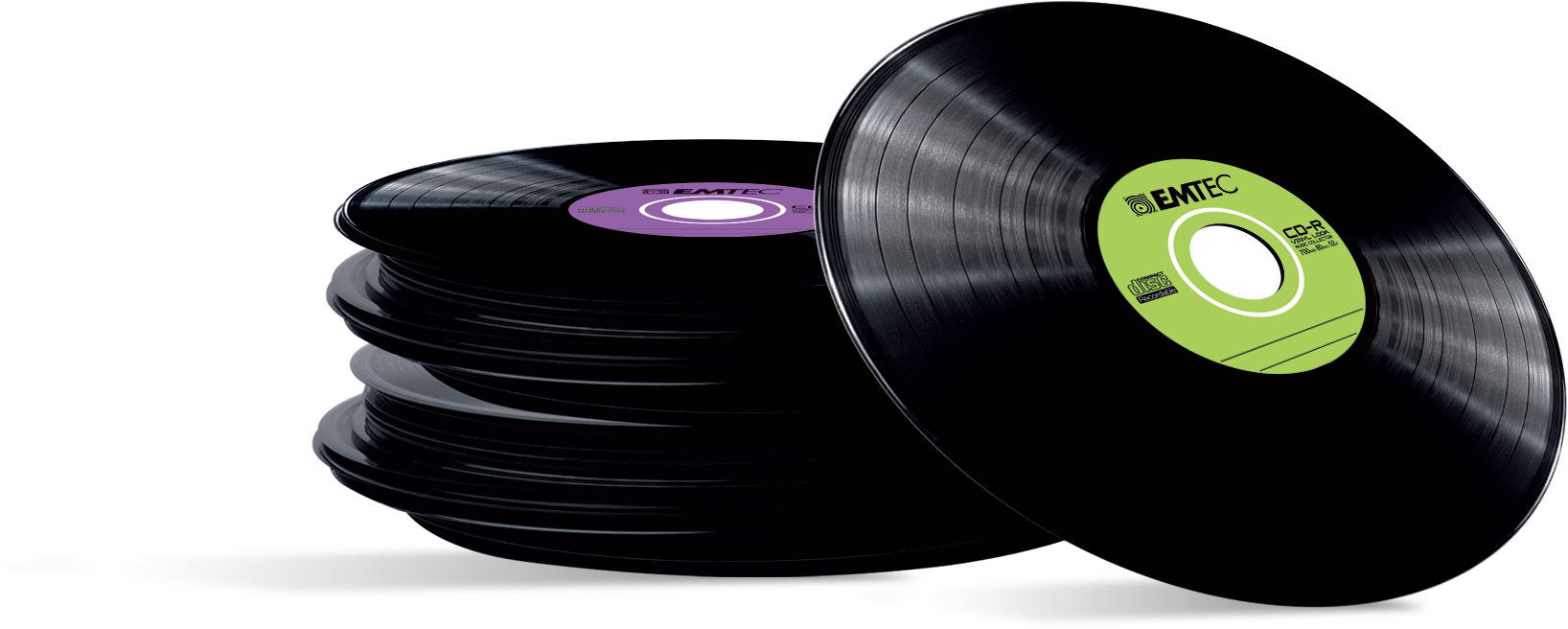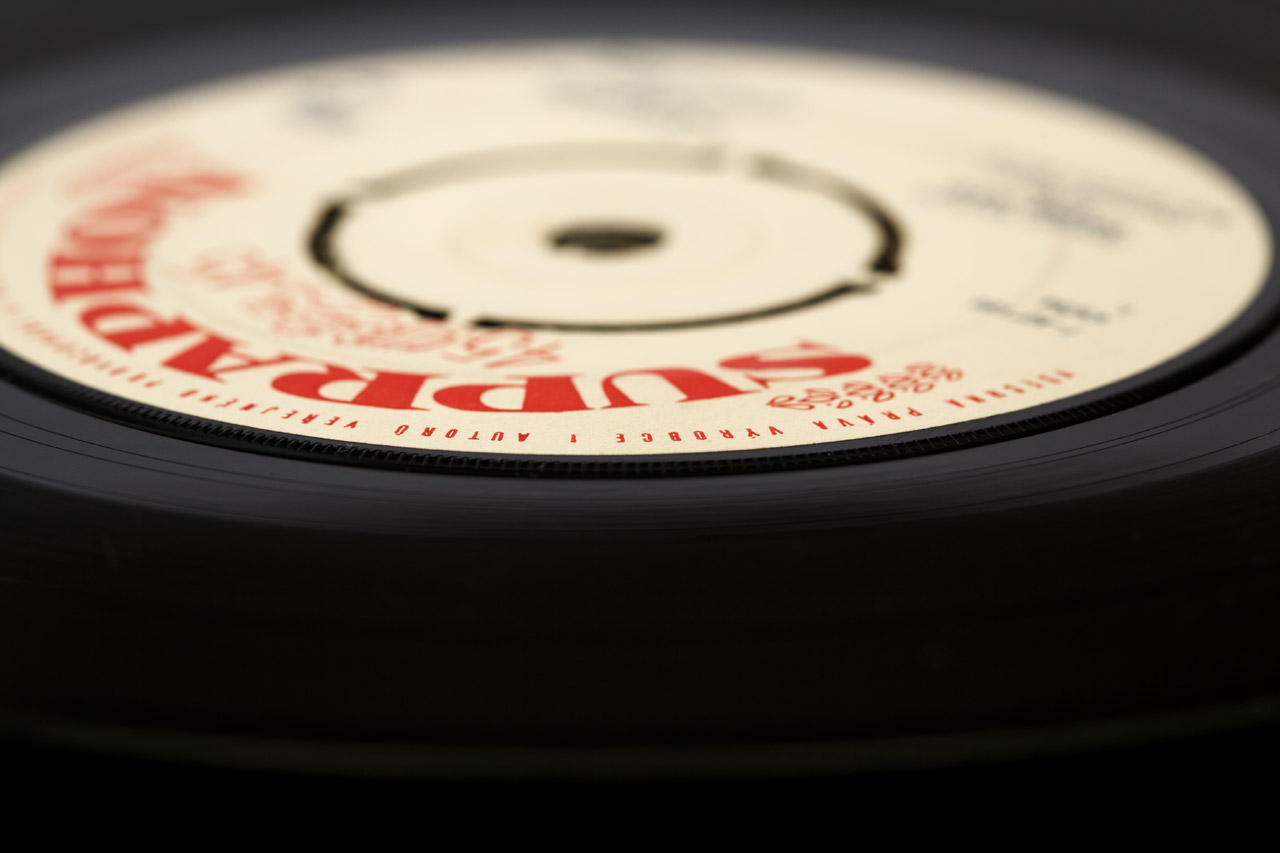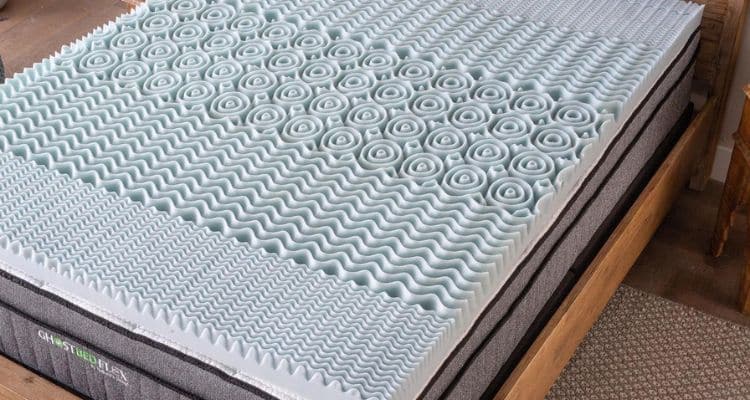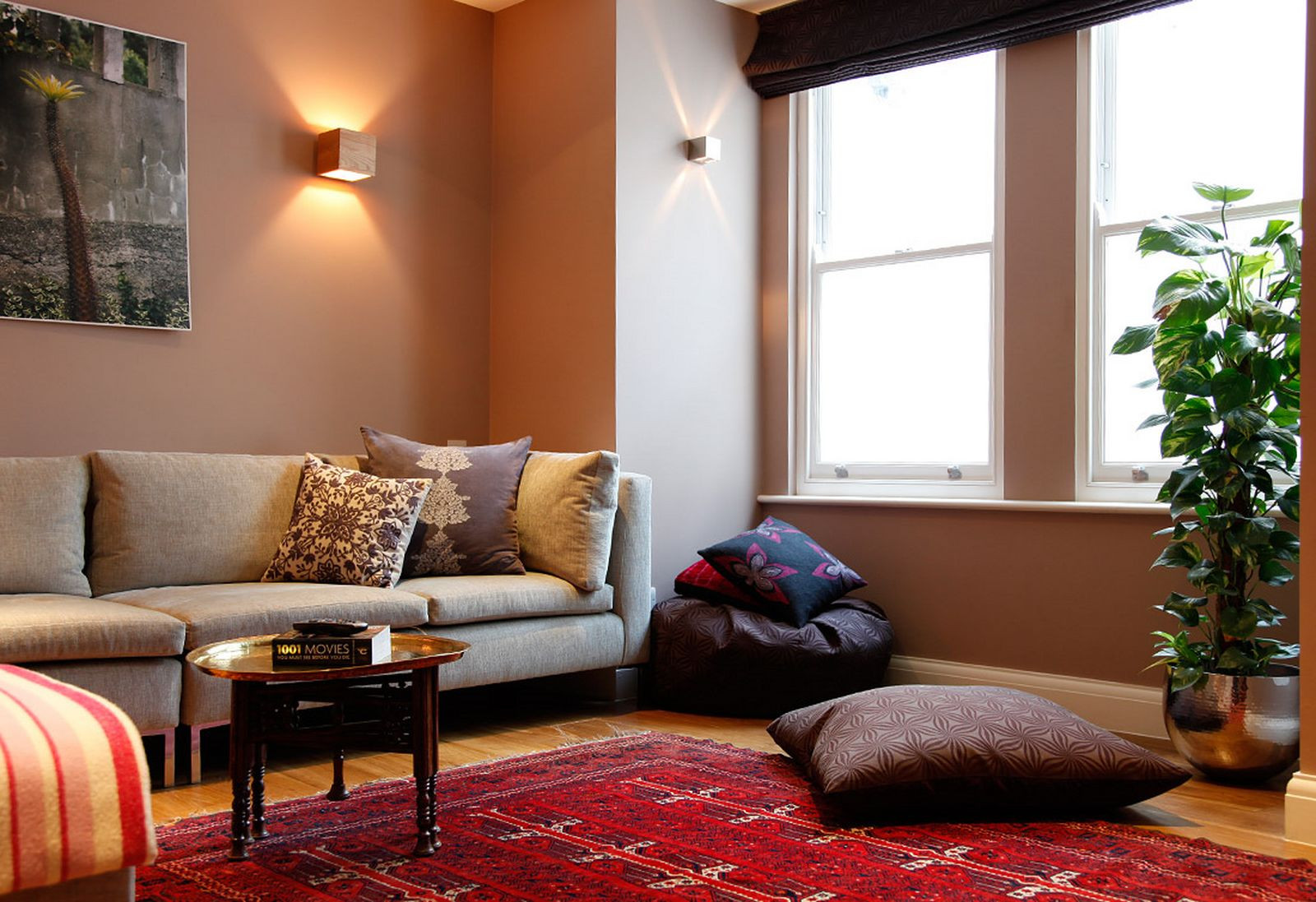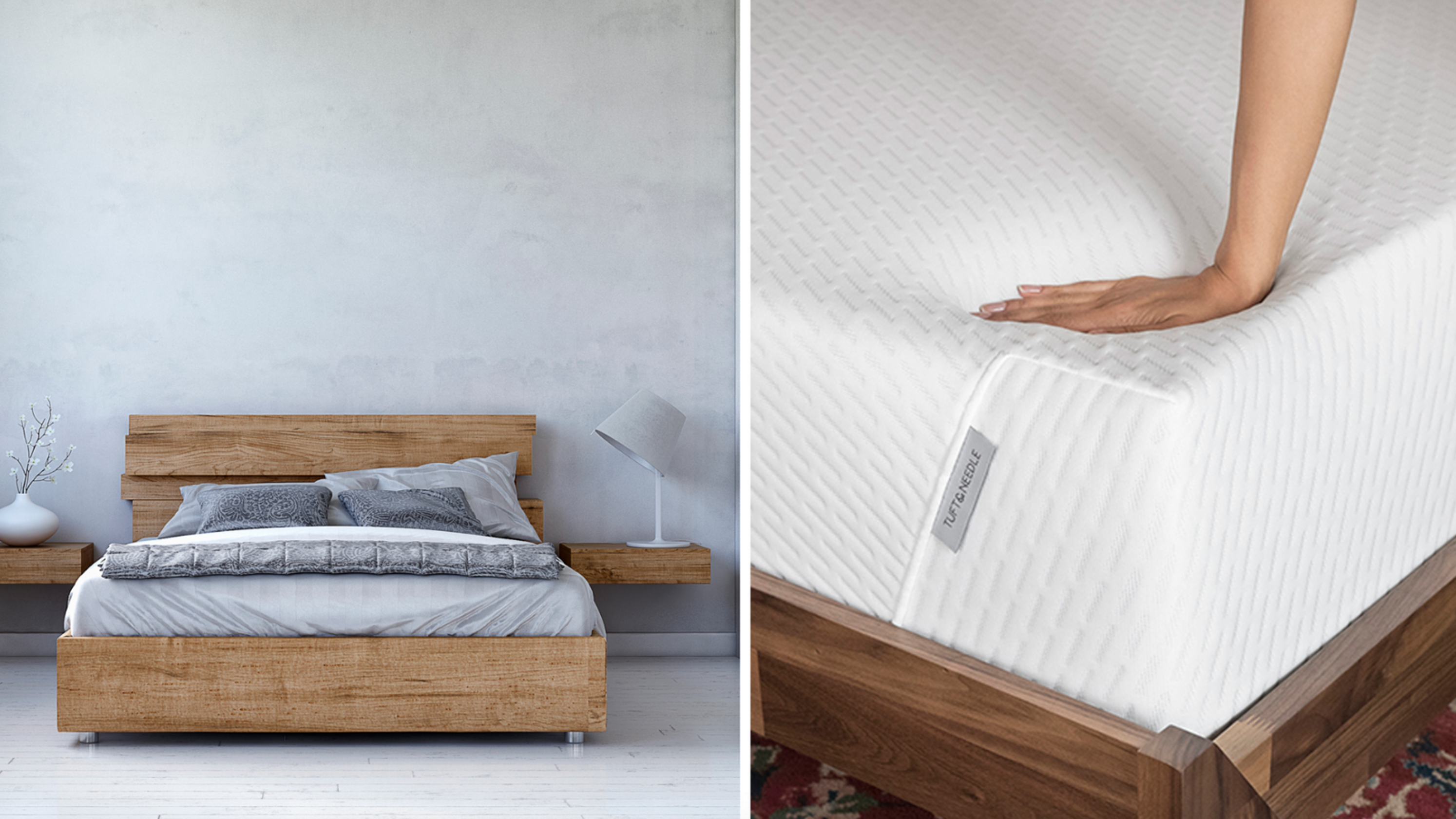Stainless steel is a popular choice for commercial kitchen walls due to its durability and easy maintenance. It is resistant to heat, water, and stains, making it ideal for busy restaurant kitchens. Its sleek and modern appearance also adds a touch of sophistication to the space.Stainless Steel
Tile is another commonly used material for restaurant kitchen walls. It comes in a variety of colors, patterns, and sizes, allowing for endless design possibilities. It is also easy to clean and maintain, making it a practical choice for busy kitchens. However, it can be prone to chipping and cracking, so it is important to choose a high-quality and durable tile.Tile
Brick walls offer a rustic and charming look to restaurant kitchens. They are also highly durable and can withstand high heat and moisture. However, they can be more difficult to clean and maintain compared to other materials. Brick walls also tend to absorb odors, so proper ventilation is crucial.Brick
Concrete walls provide a clean and minimalist look to restaurant kitchens. They are highly durable and can withstand high temperatures and moisture. Concrete walls can also be sealed to prevent stains and make cleaning easier. However, they may not be suitable for all restaurant concepts as they can give off a cold and industrial vibe.Concrete
Plaster walls offer a smooth and sleek finish to restaurant kitchens. They are easy to clean and can be painted in any color to match the restaurant's aesthetic. However, they are not as durable as other materials and can be prone to chipping and cracking.Plaster
Wooden walls can add warmth and character to restaurant kitchens. They are also highly durable and can withstand high heat and moisture. However, they may not be suitable for all types of restaurants as they can be more difficult to clean and maintain.Wood
Stone walls provide a natural and earthy feel to restaurant kitchens. They are highly durable and can withstand high temperatures and moisture. However, they can be more expensive compared to other materials and may require special cleaning and maintenance.Stone
Glass walls can add a modern and elegant touch to restaurant kitchens. They are also easy to clean and maintain, and can make the space appear larger and more open. However, they may not be suitable for all restaurant concepts as they can be prone to fingerprints and smudges.Glass
Ceramic walls offer a similar look to tile but are more durable and resistant to heat and moisture. They are also easy to clean and maintain, making them a practical choice for restaurant kitchens. However, like tile, they can be prone to chipping and cracking.Ceramic
Vinyl walls are a budget-friendly option for restaurant kitchens. They come in a variety of designs and are easy to clean and maintain. However, they may not be as durable as other materials and can be prone to scratches and tears.Vinyl
Kitchen Wall Materials: A Crucial Element in Restaurant Design

The Importance of Choosing the Right Kitchen Wall Materials
 When designing a restaurant, one of the most important elements to consider is the kitchen. After all, it is the heart of the establishment where all the food is prepared and cooked. And when it comes to the kitchen, the choice of wall materials is crucial. Not only do they need to be functional and durable, but they also play a significant role in the overall aesthetic and ambiance of the restaurant.
One of the main factors to consider when selecting kitchen wall materials is their ability to withstand the demanding environment of a restaurant kitchen.
Commercial kitchens are high-traffic areas that are exposed to heat, moisture, and constant cleaning. As such, the walls need to be made of materials that are resistant to these elements.
Stainless steel, for example, is a popular choice for its durability, heat resistance, and ease of cleaning.
When designing a restaurant, one of the most important elements to consider is the kitchen. After all, it is the heart of the establishment where all the food is prepared and cooked. And when it comes to the kitchen, the choice of wall materials is crucial. Not only do they need to be functional and durable, but they also play a significant role in the overall aesthetic and ambiance of the restaurant.
One of the main factors to consider when selecting kitchen wall materials is their ability to withstand the demanding environment of a restaurant kitchen.
Commercial kitchens are high-traffic areas that are exposed to heat, moisture, and constant cleaning. As such, the walls need to be made of materials that are resistant to these elements.
Stainless steel, for example, is a popular choice for its durability, heat resistance, and ease of cleaning.
The Impact of Kitchen Wall Materials on Restaurant Design
 Aside from their practical use, kitchen wall materials also have a significant impact on the overall design of the restaurant.
Exposed brick walls, for instance, can add a rustic and industrial feel to the space, perfect for a trendy and casual eatery.
On the other hand,
tiles or glass panels can create a sleek and modern look, making them suitable for upscale dining establishments.
The color and texture of the walls also play a role in the design.
Bright and bold colors can add a pop of personality, while neutral tones can create a more sophisticated and elegant atmosphere.
Aside from their practical use, kitchen wall materials also have a significant impact on the overall design of the restaurant.
Exposed brick walls, for instance, can add a rustic and industrial feel to the space, perfect for a trendy and casual eatery.
On the other hand,
tiles or glass panels can create a sleek and modern look, making them suitable for upscale dining establishments.
The color and texture of the walls also play a role in the design.
Bright and bold colors can add a pop of personality, while neutral tones can create a more sophisticated and elegant atmosphere.
Considering Maintenance and Budget
 When choosing kitchen wall materials, it's essential to consider the maintenance and budget. Some materials may be more affordable, but they may require frequent repairs or replacement, which can add up in the long run.
On the other hand, investing in high-quality materials may require a larger upfront cost, but they can save money in the long term.
Additionally, some materials may require special cleaning products or techniques, which can also impact the maintenance costs.
In conclusion, choosing the right kitchen wall materials is a crucial aspect of restaurant design. Not only do they need to be functional and durable, but they also play a significant role in the overall aesthetic and ambiance of the establishment. By considering factors such as durability, design, maintenance, and budget, restaurant owners can make an informed decision and create a kitchen that is not only efficient but also visually appealing.
When choosing kitchen wall materials, it's essential to consider the maintenance and budget. Some materials may be more affordable, but they may require frequent repairs or replacement, which can add up in the long run.
On the other hand, investing in high-quality materials may require a larger upfront cost, but they can save money in the long term.
Additionally, some materials may require special cleaning products or techniques, which can also impact the maintenance costs.
In conclusion, choosing the right kitchen wall materials is a crucial aspect of restaurant design. Not only do they need to be functional and durable, but they also play a significant role in the overall aesthetic and ambiance of the establishment. By considering factors such as durability, design, maintenance, and budget, restaurant owners can make an informed decision and create a kitchen that is not only efficient but also visually appealing.






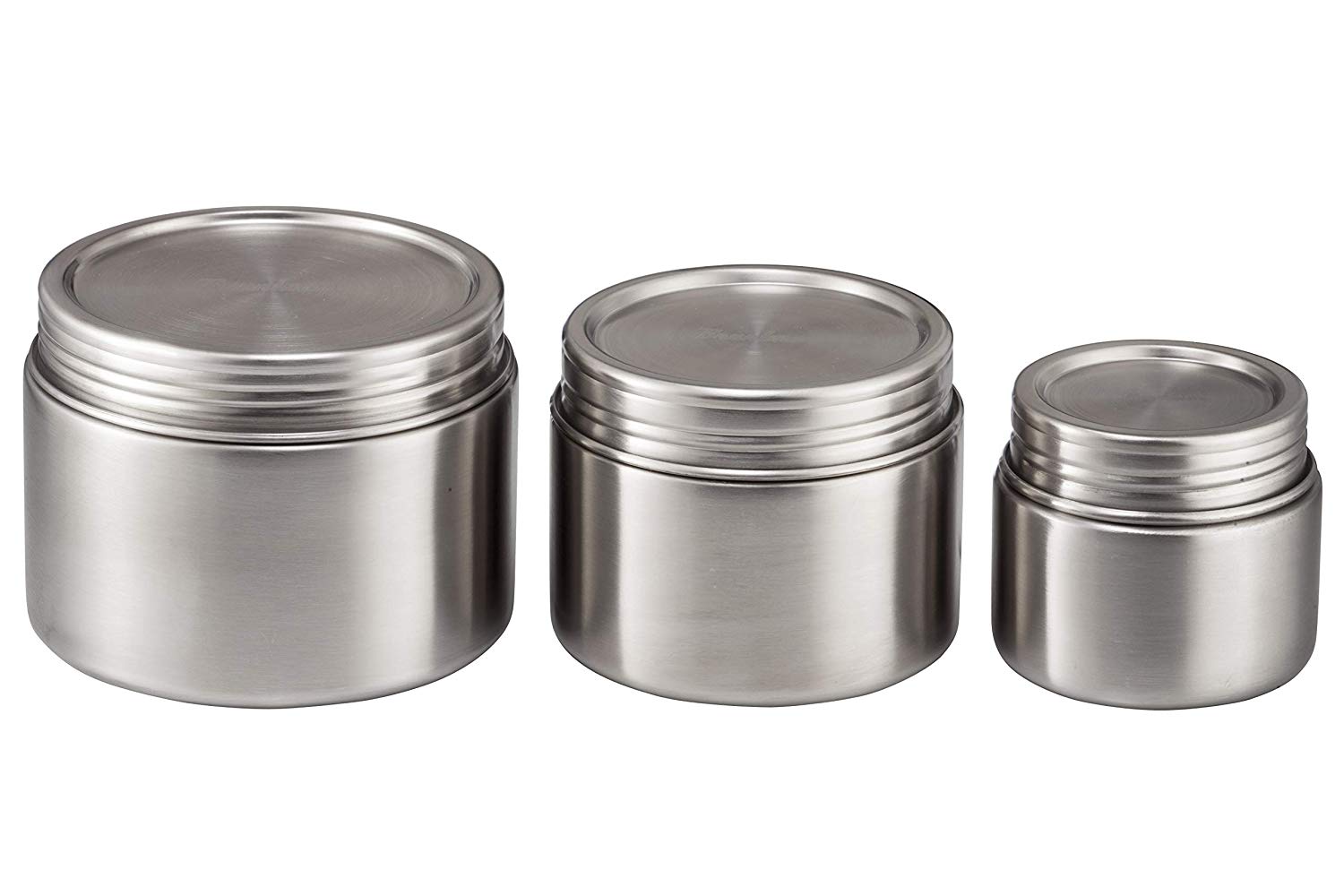

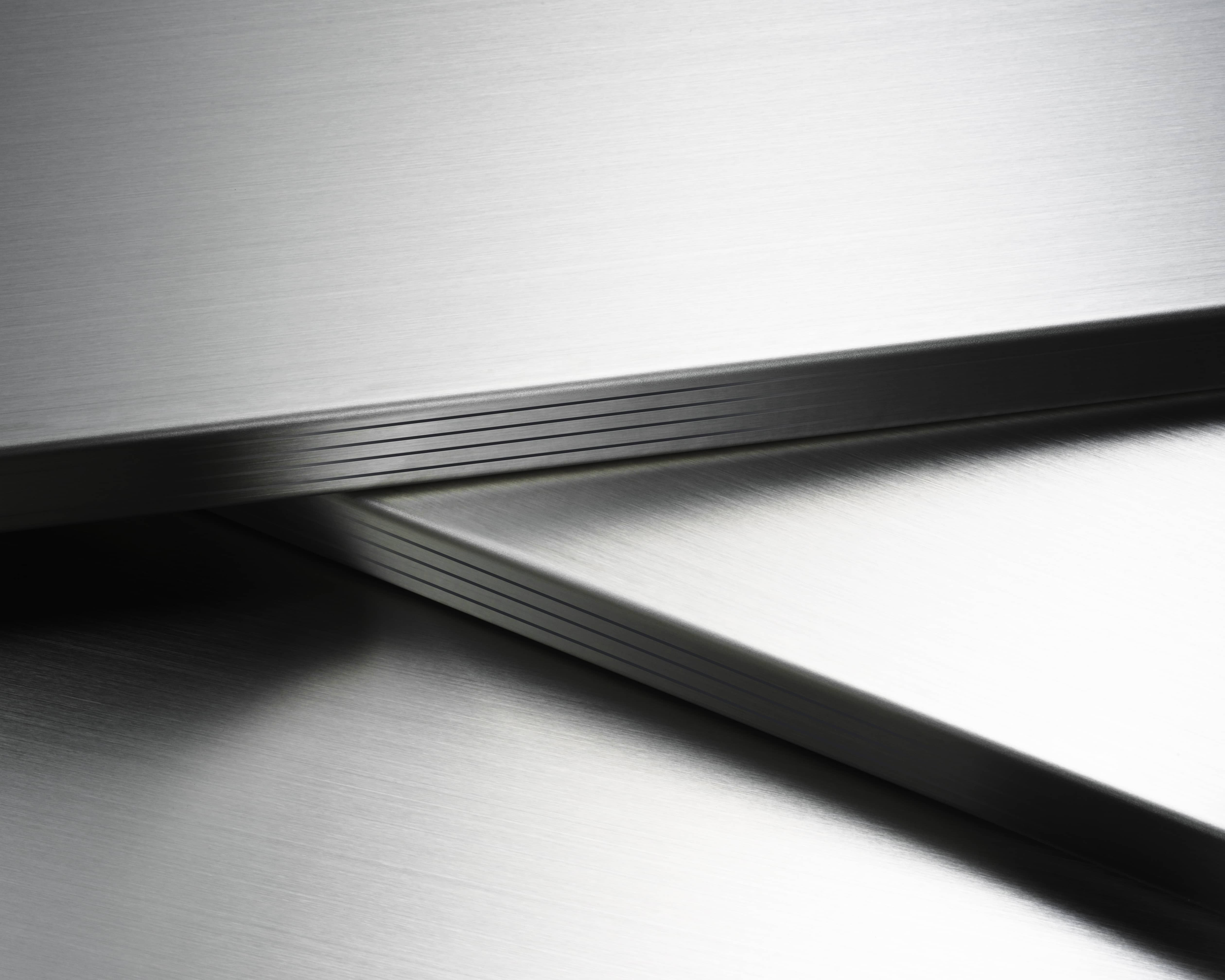

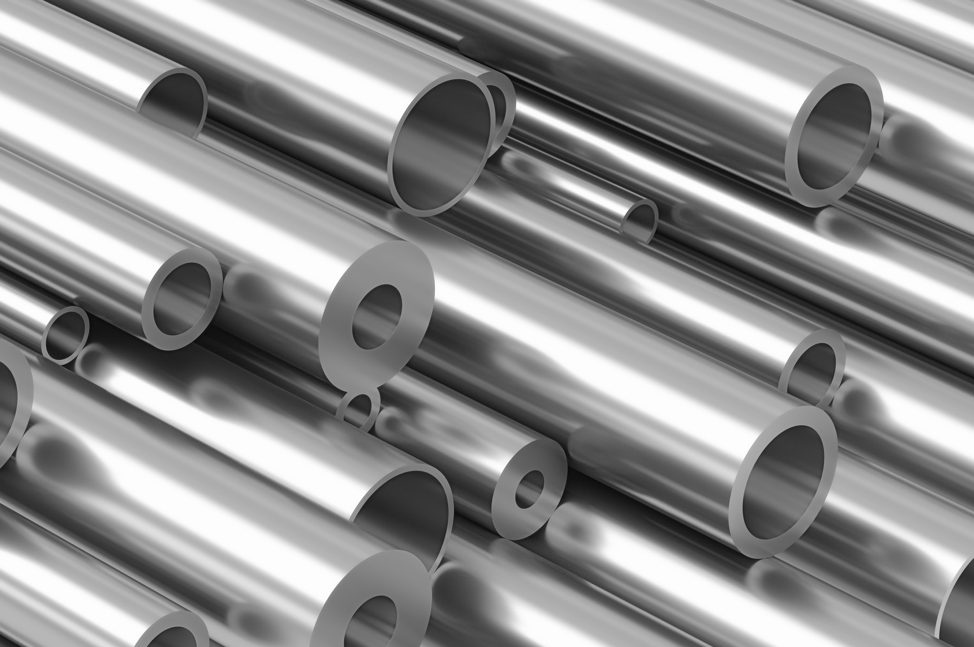
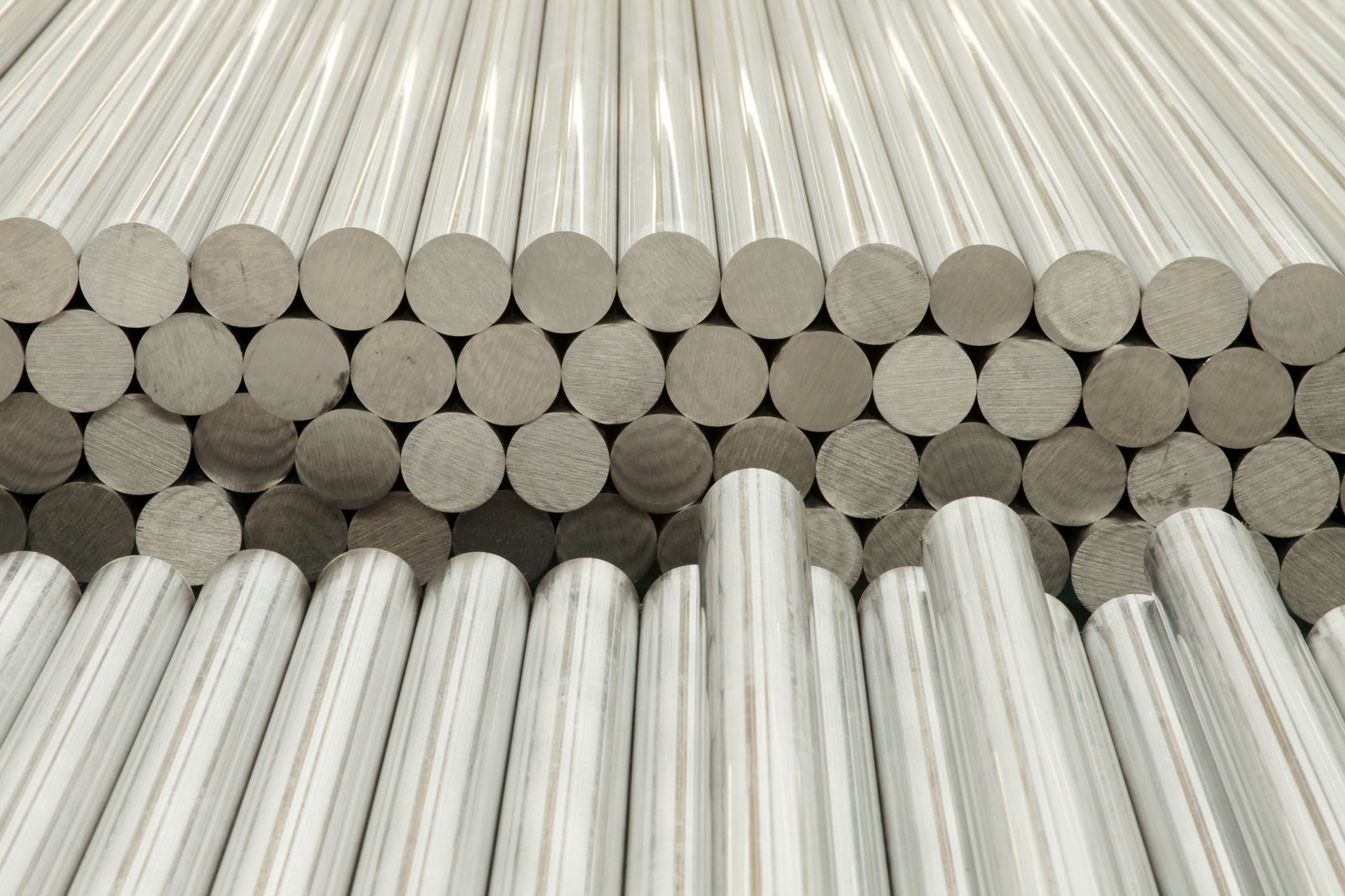



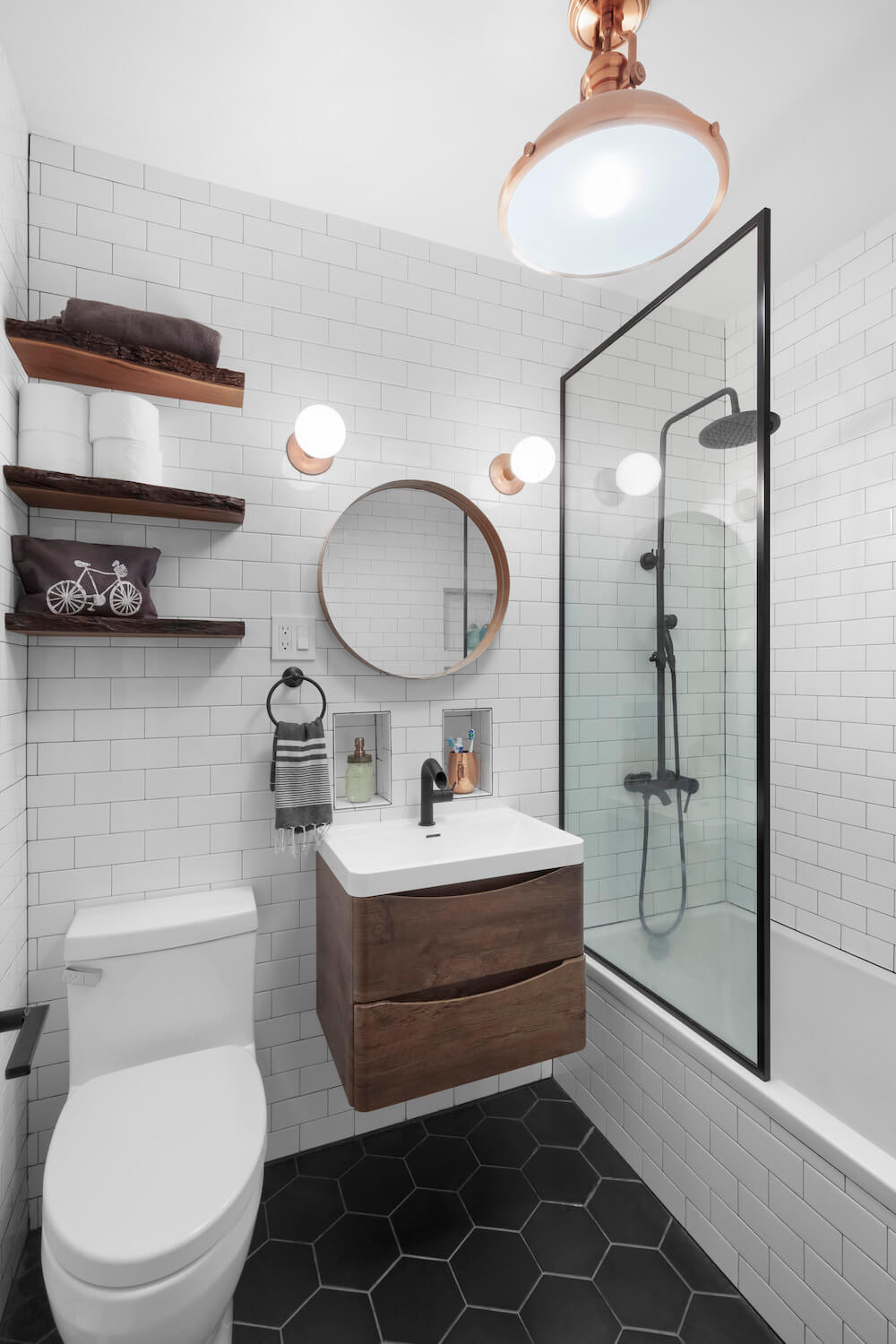





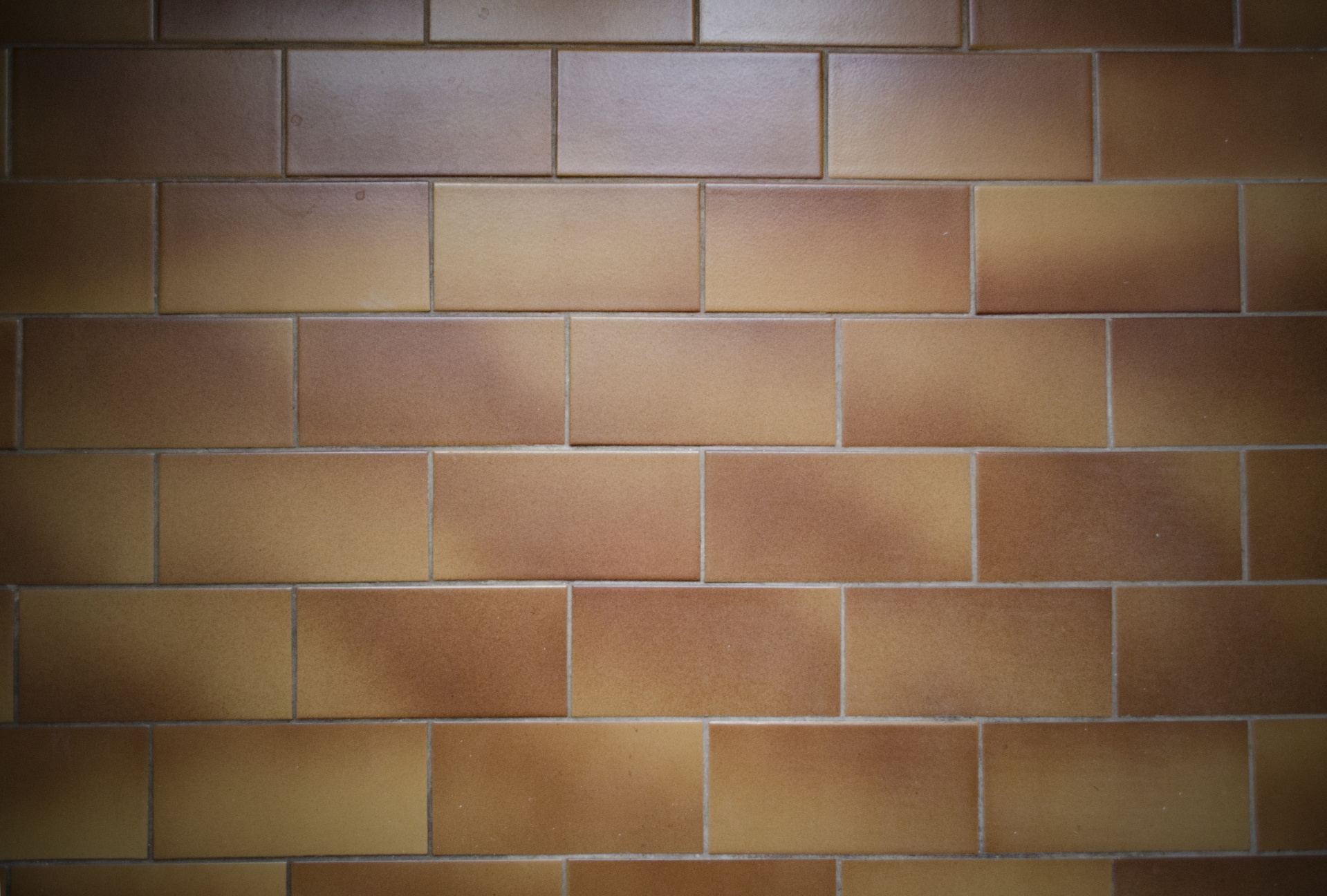
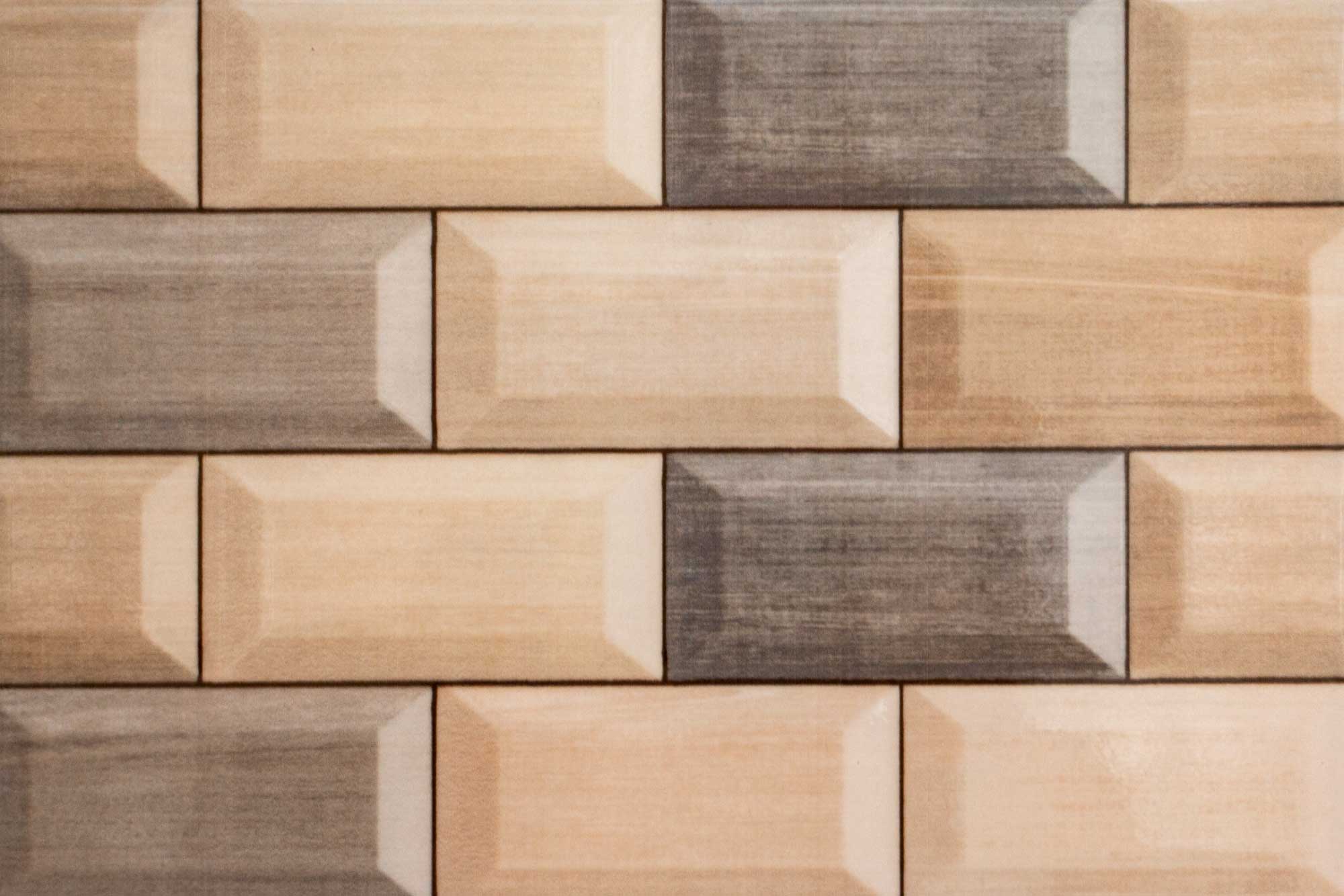


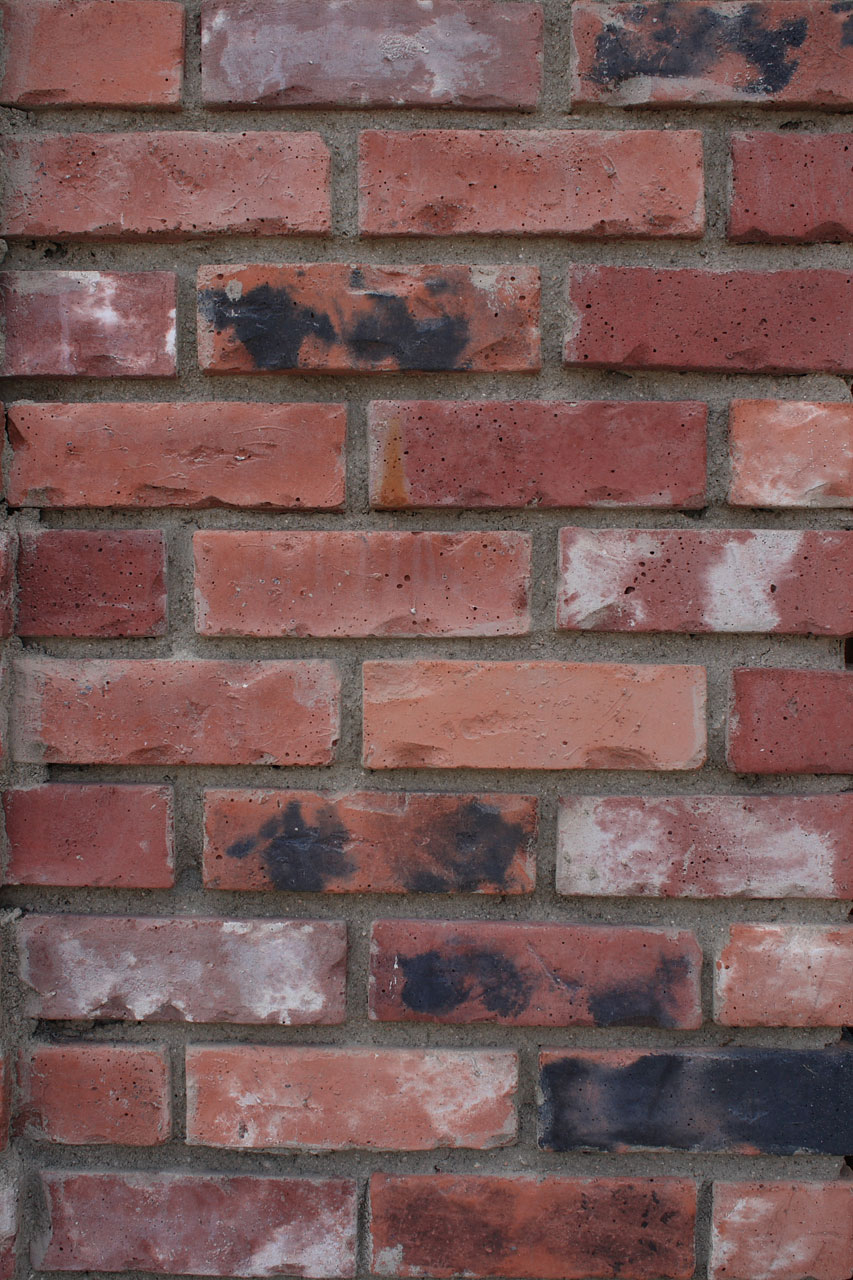

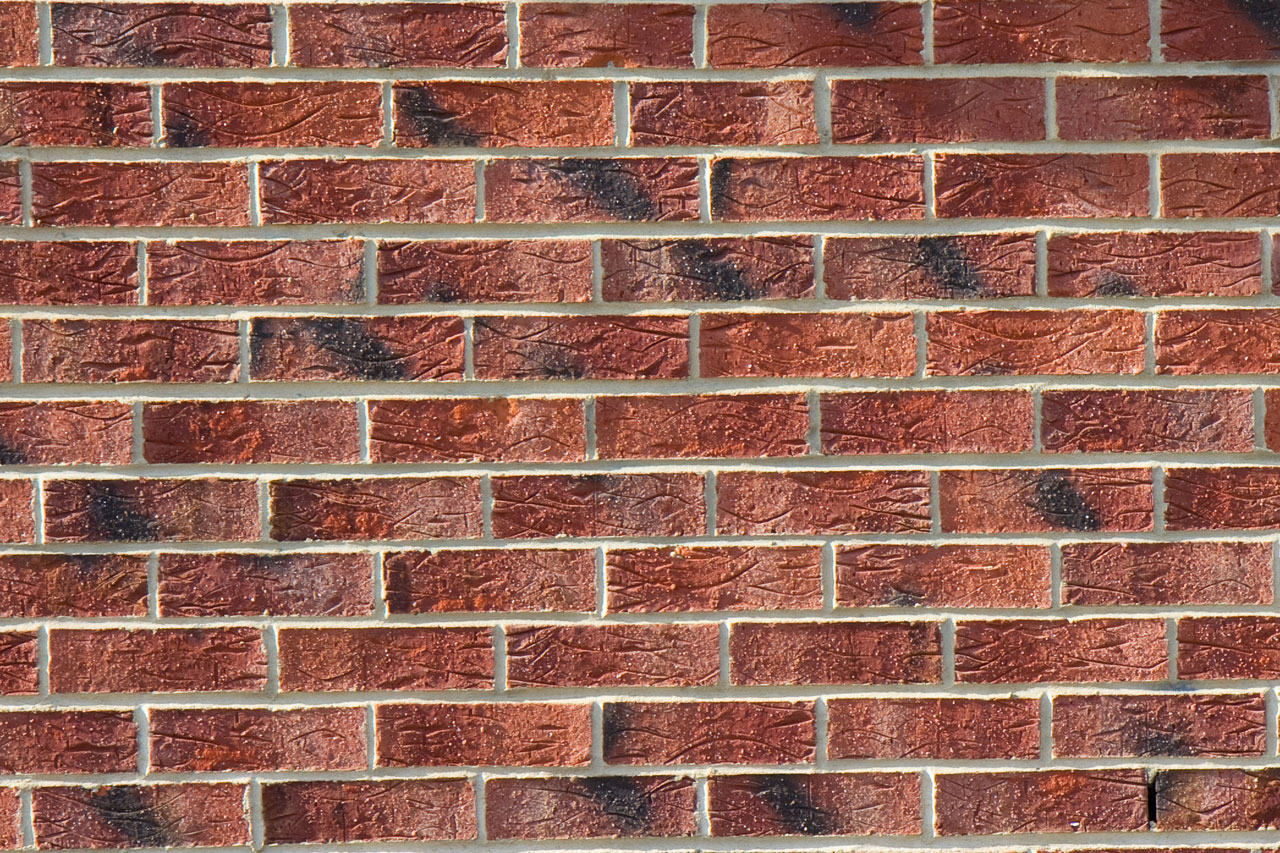


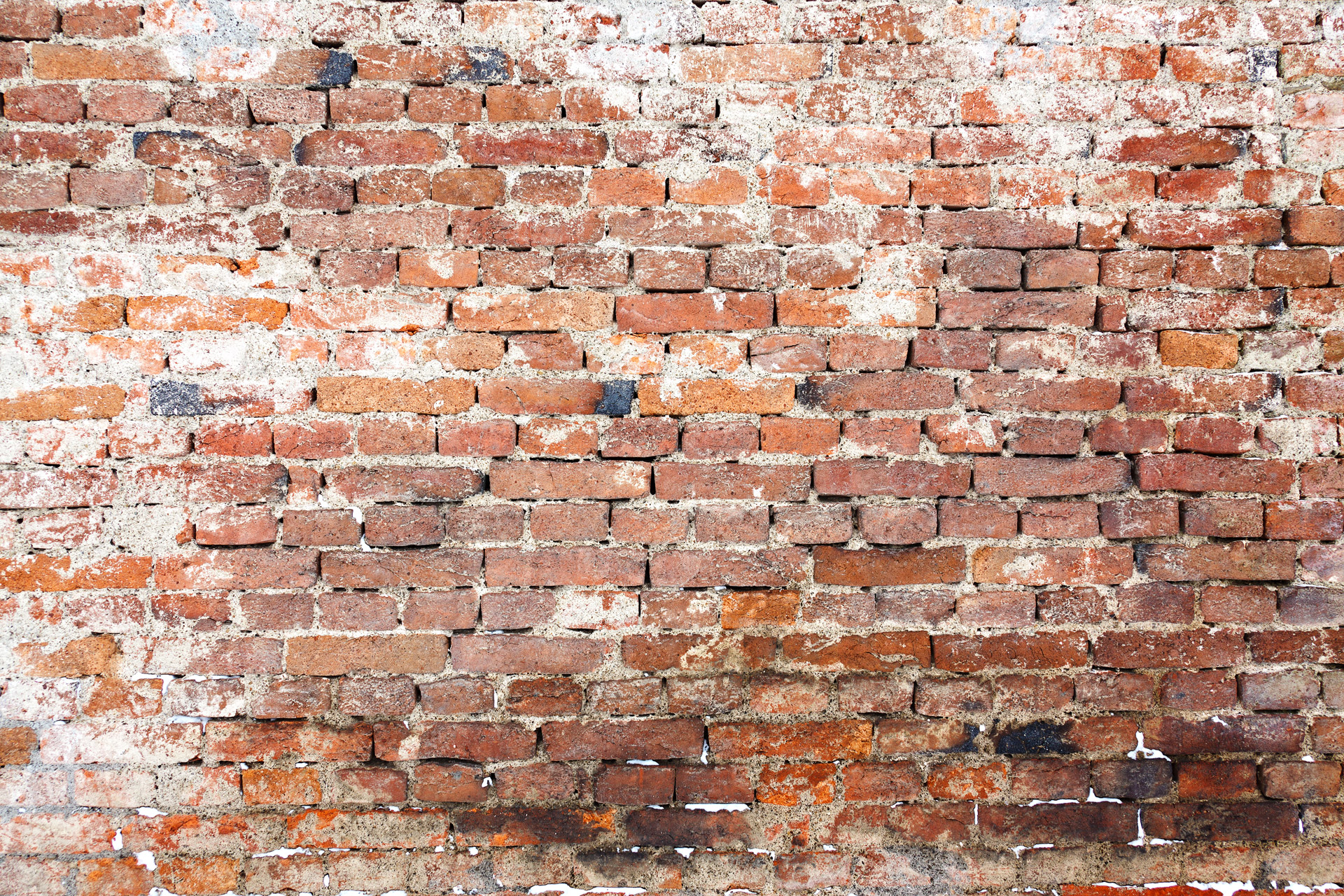
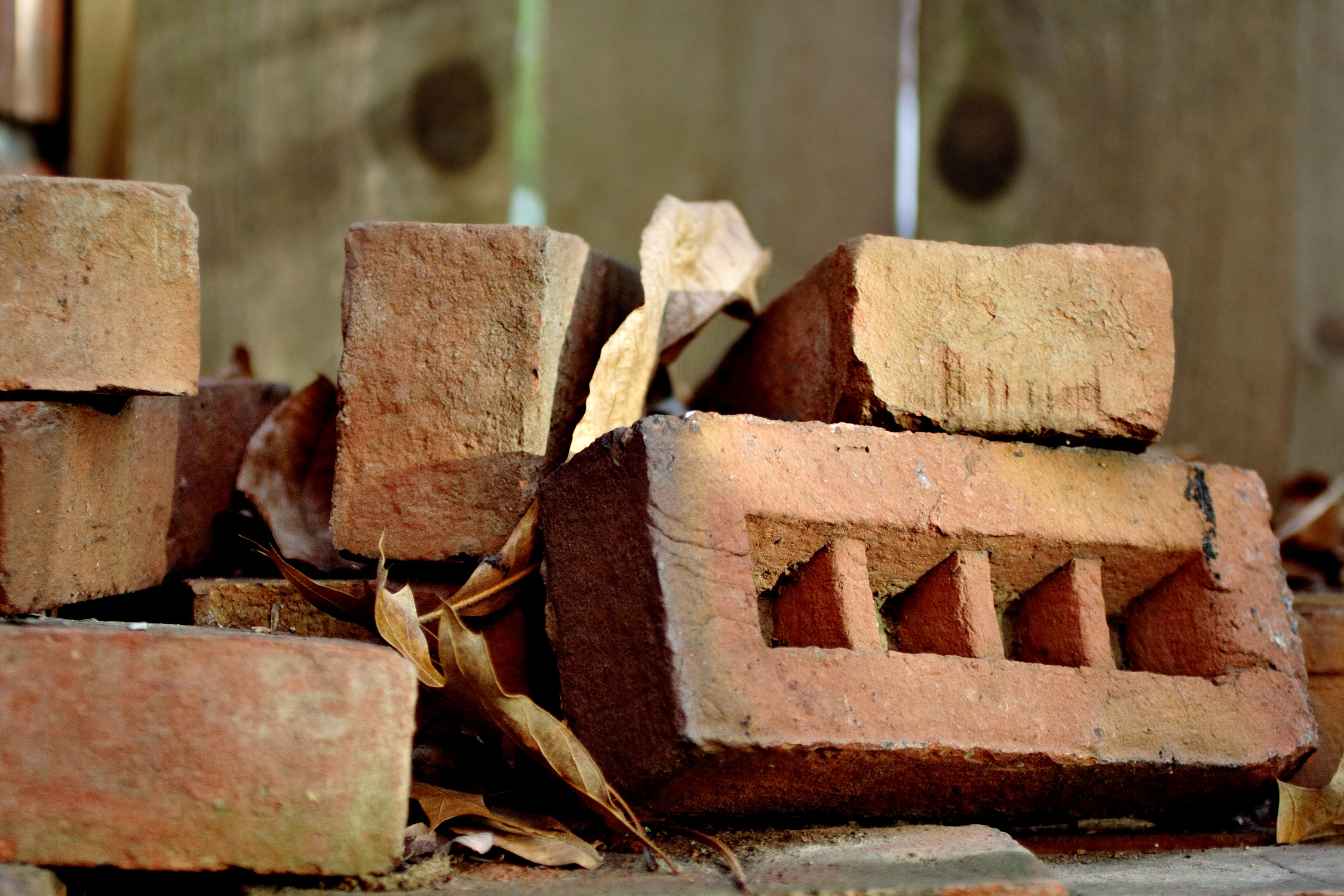

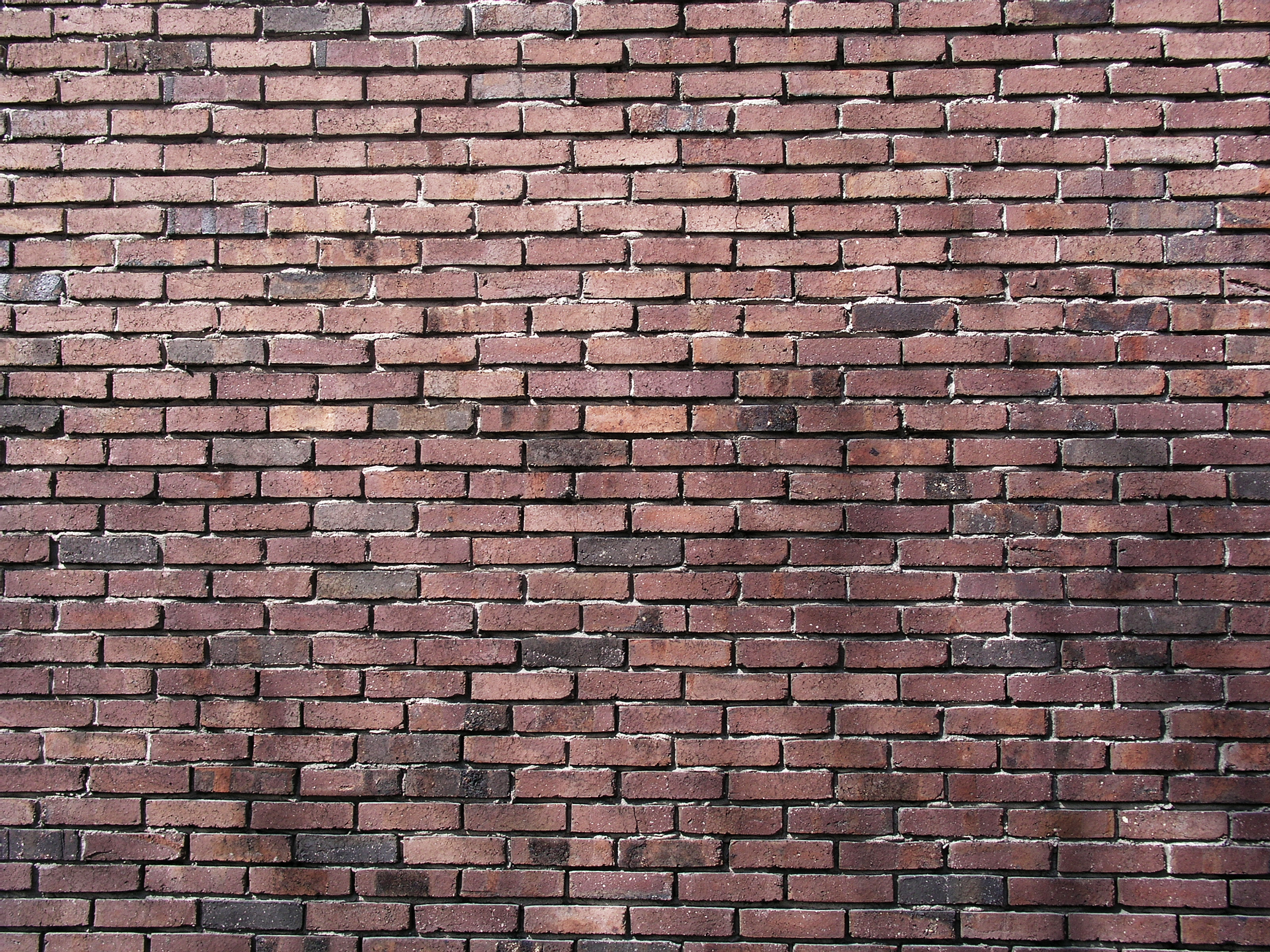





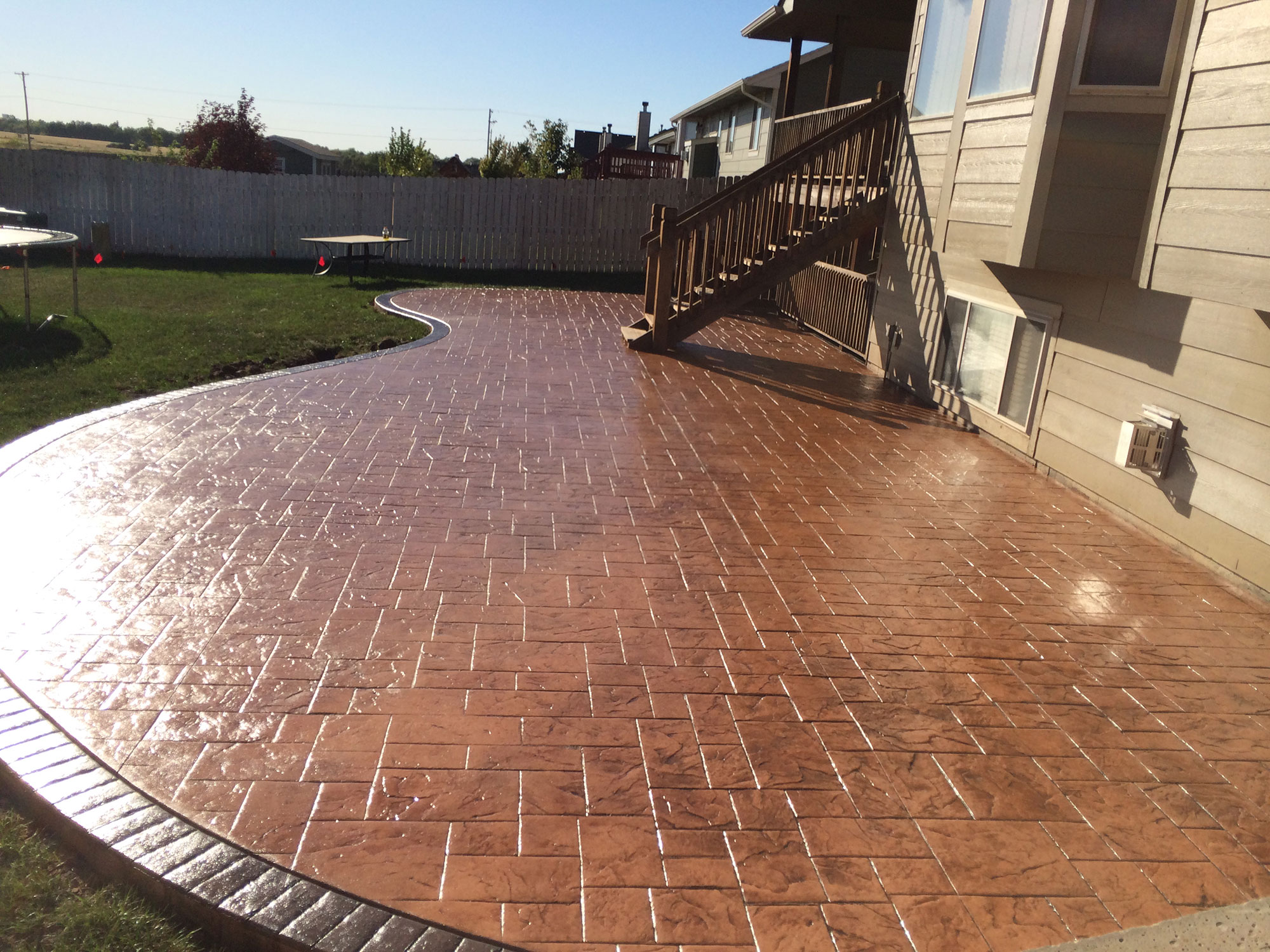
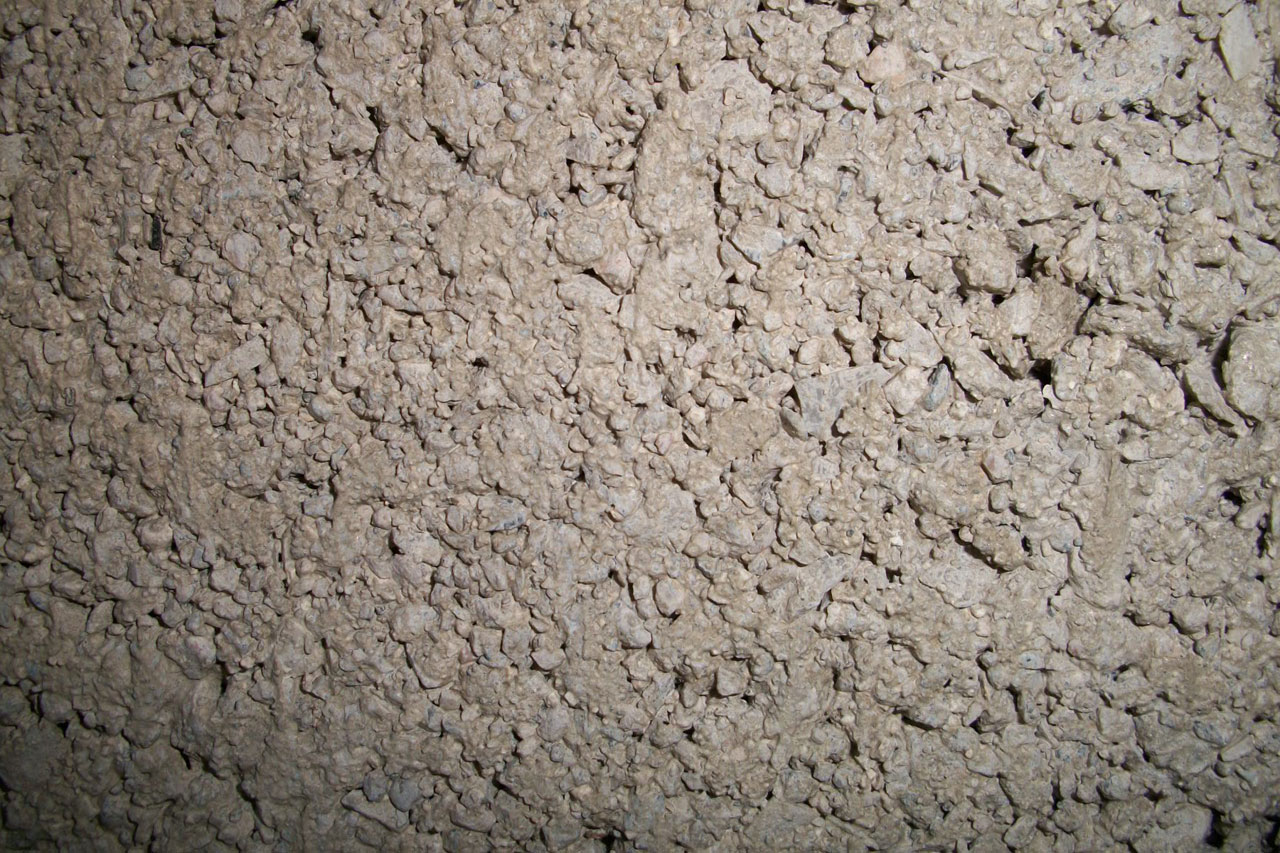
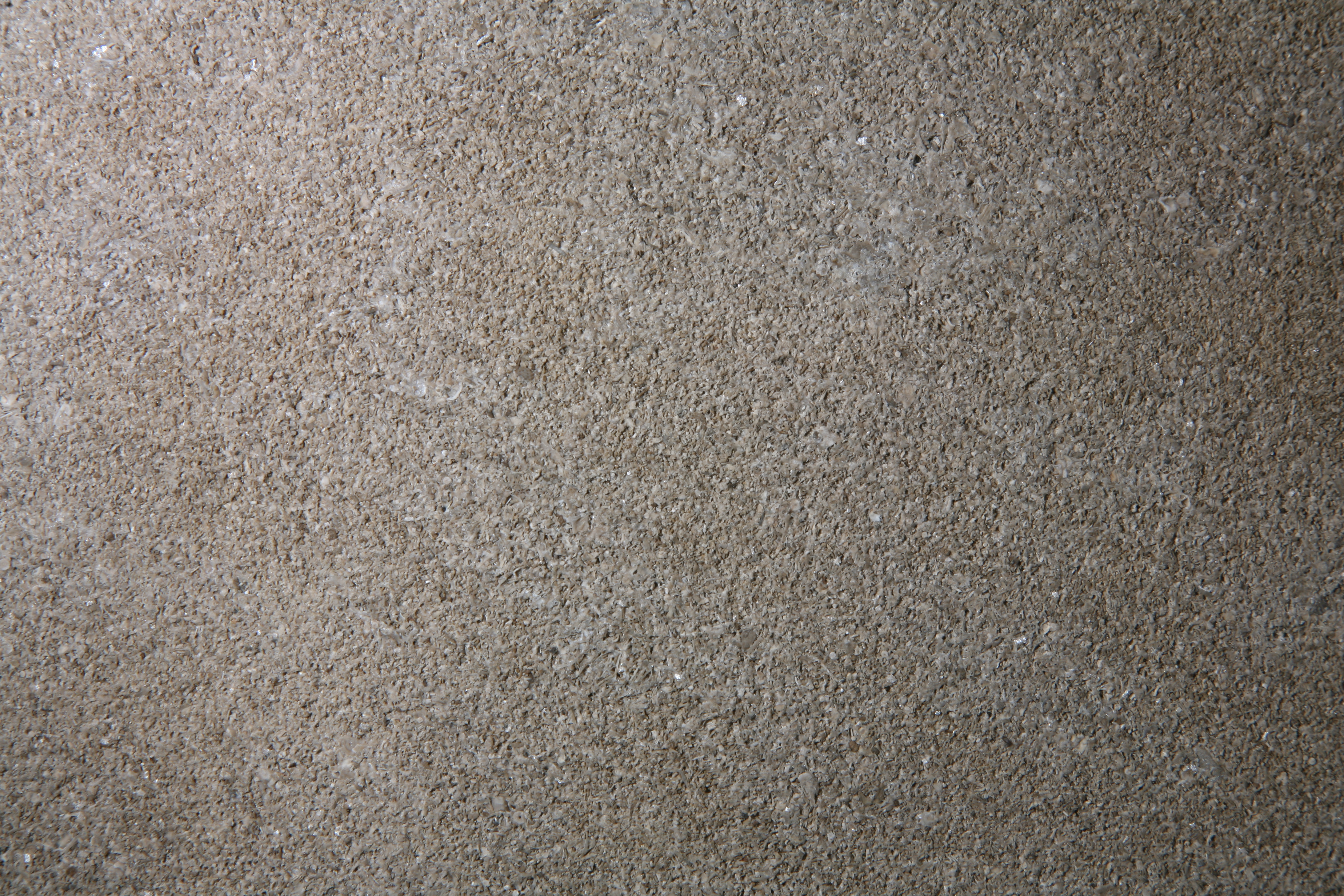

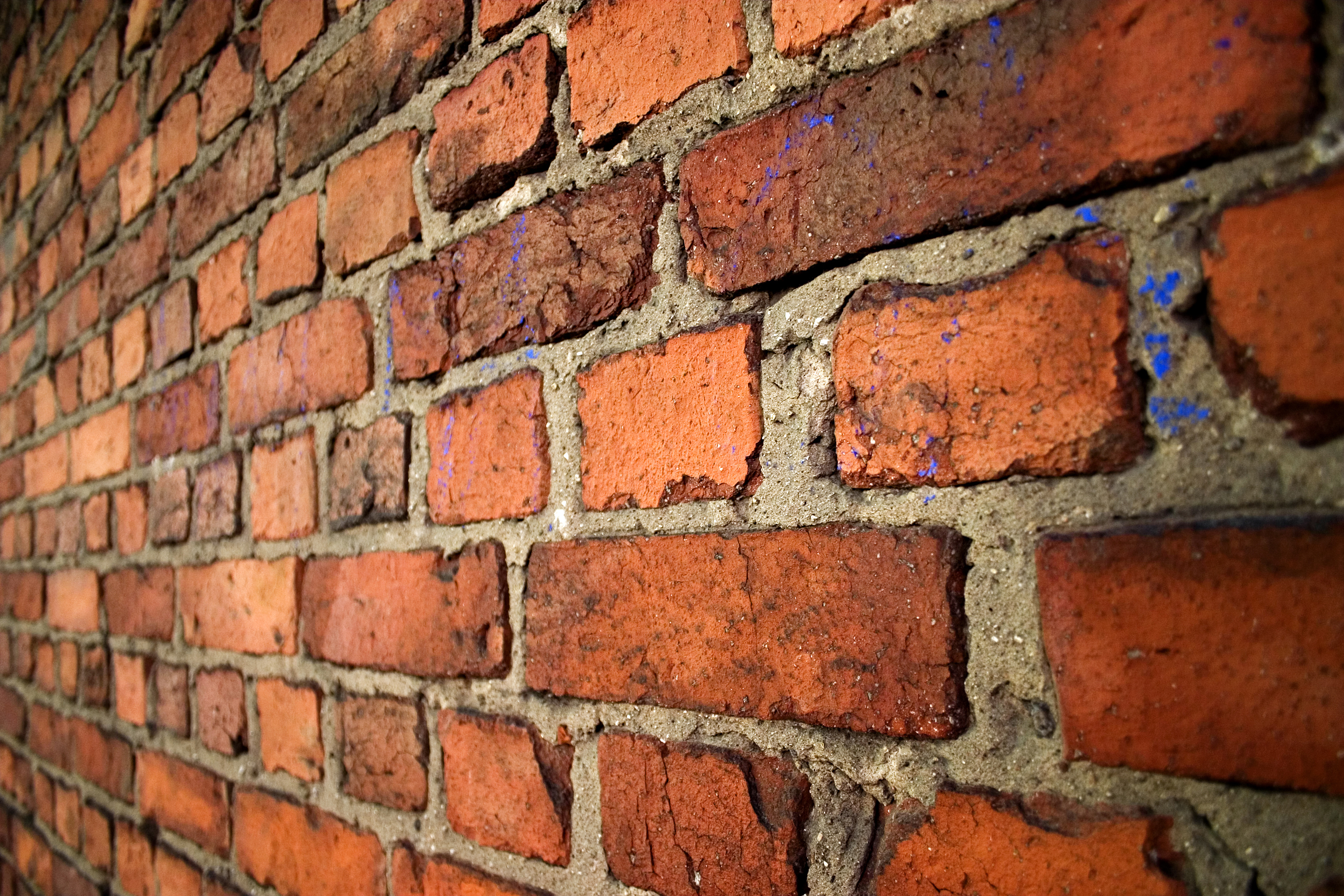





/Plasterwall-GettyImages-1154410805-733fd7debda049c293c89c1ce034e56b.jpg)

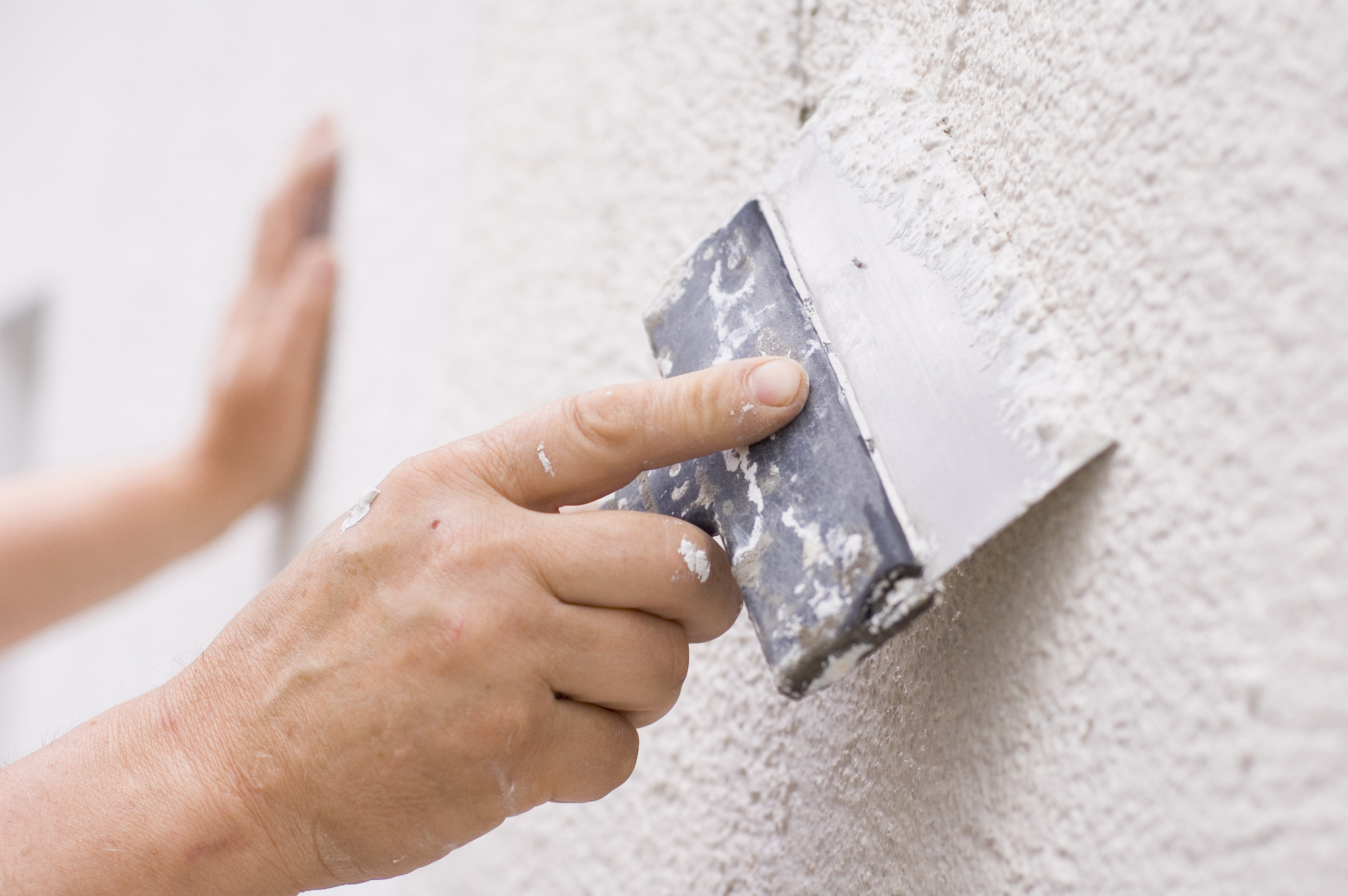
/closeup-hand-construction-plastering-wet-cement-on-the-loft-wall-939232484-472254b9a2114ac8bb4d4be0107556fd.jpg)
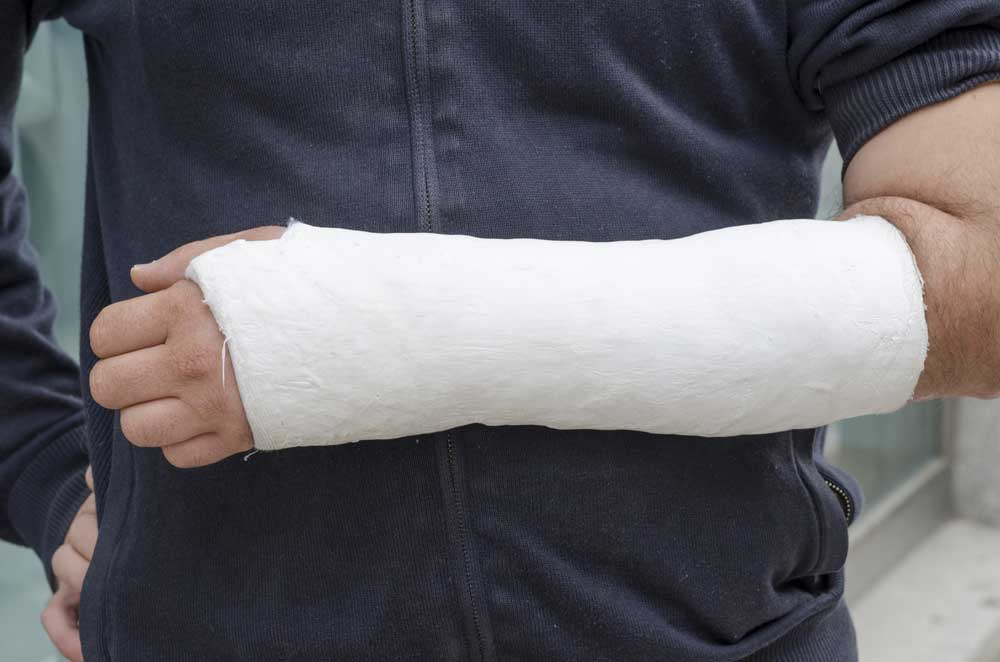
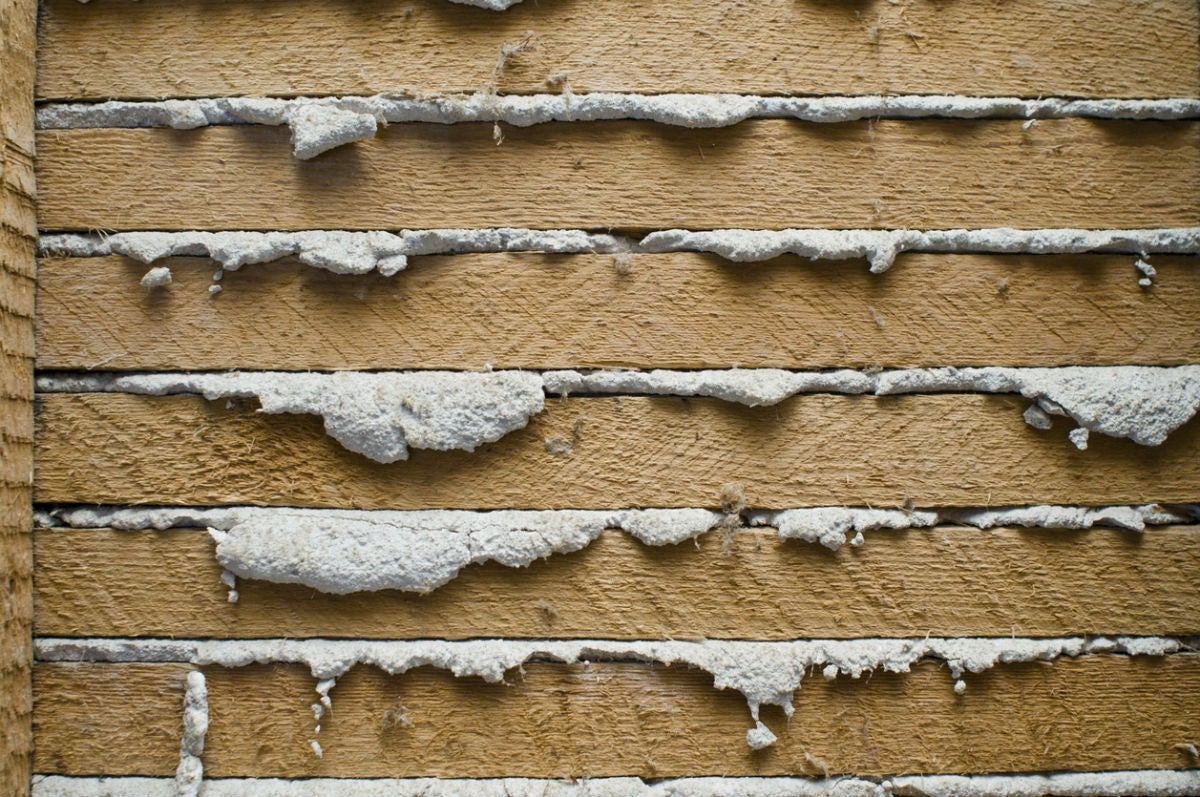
/cdn.vox-cdn.com/uploads/chorus_image/image/65892275/howto_fixplaster_01.0.jpg)
